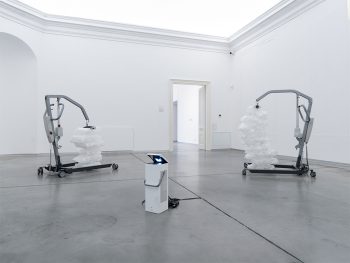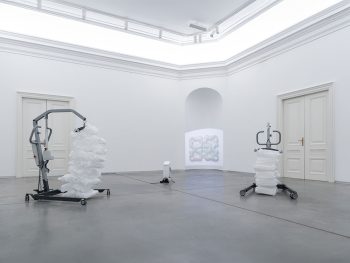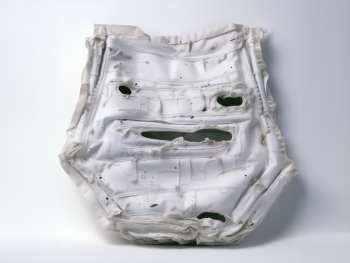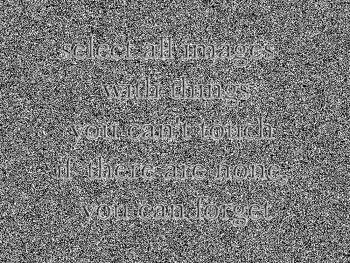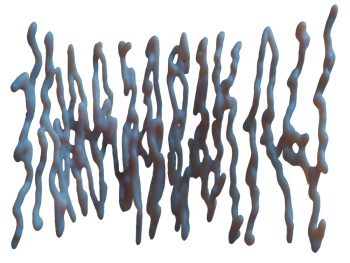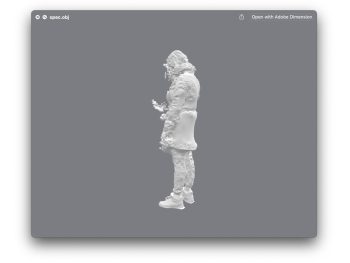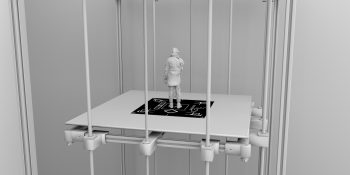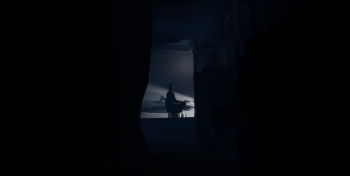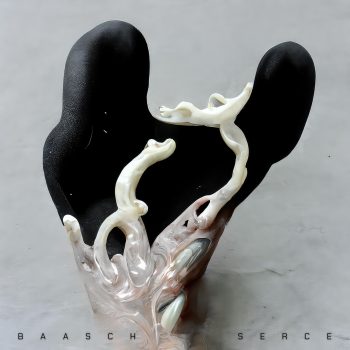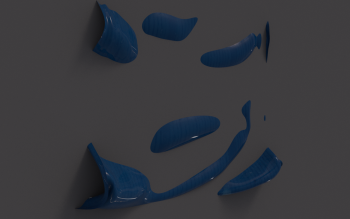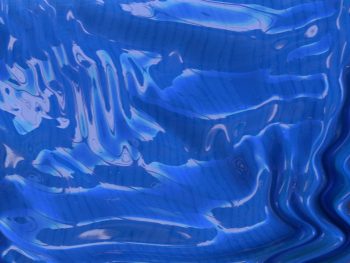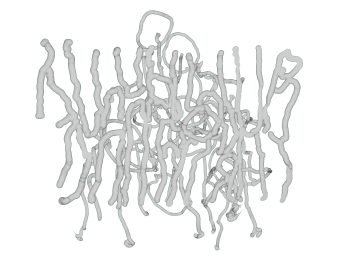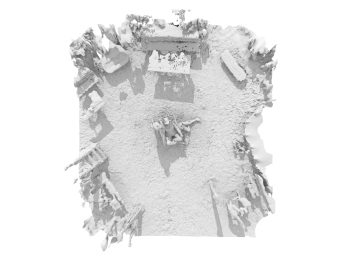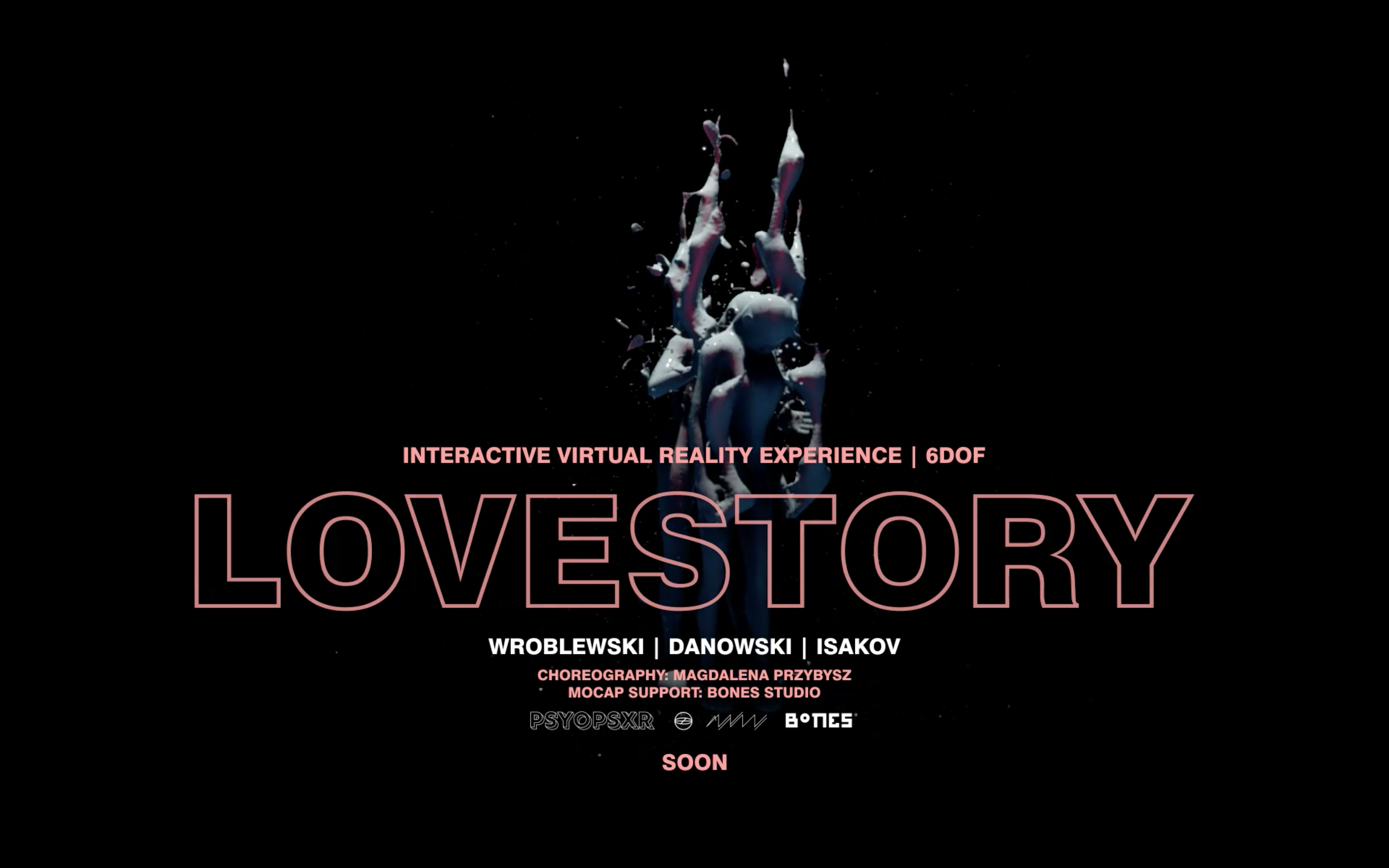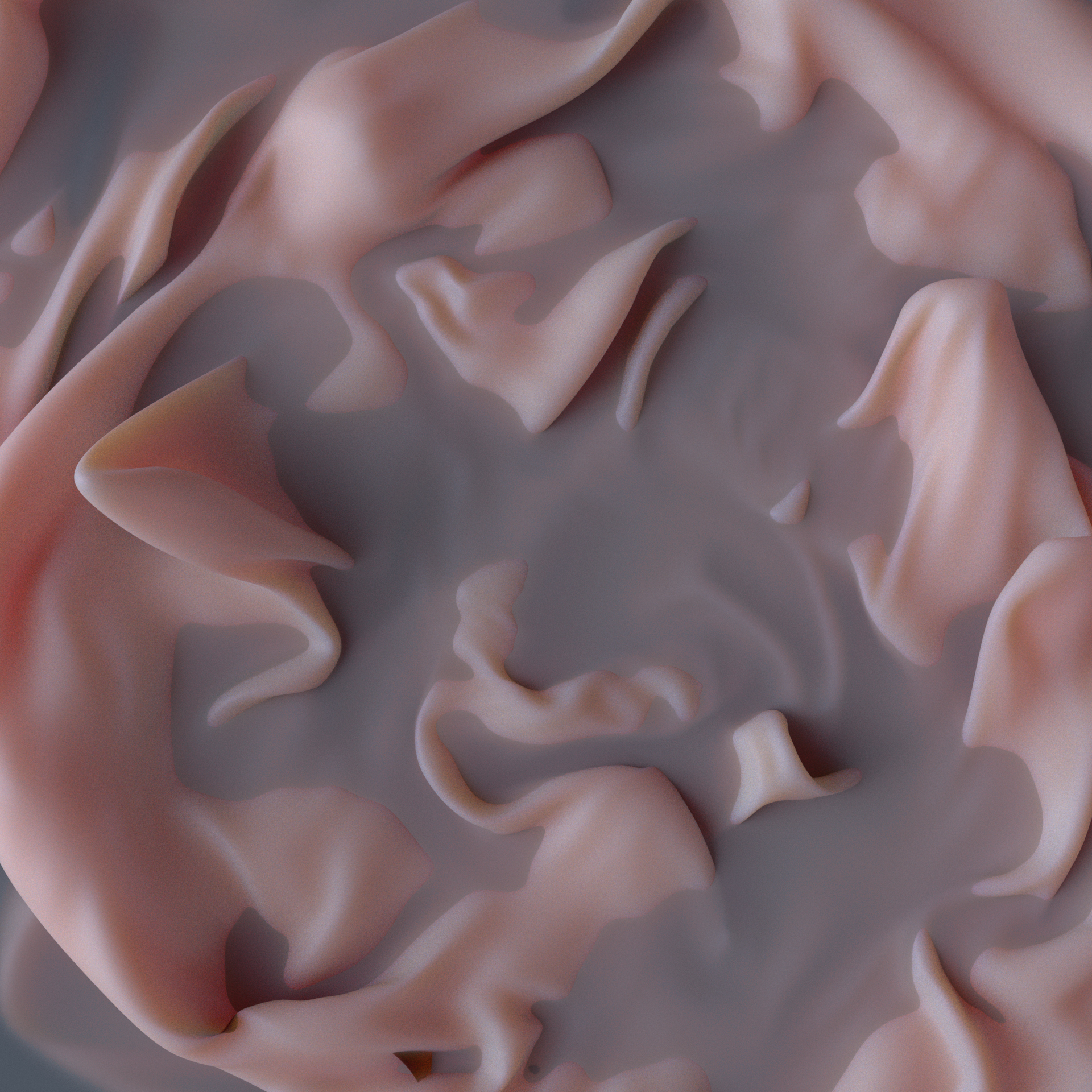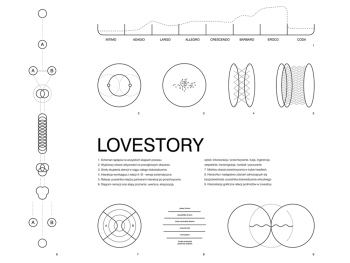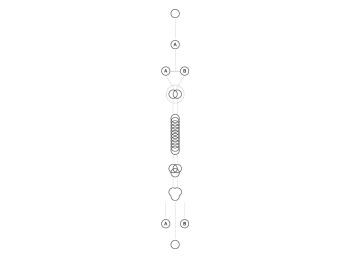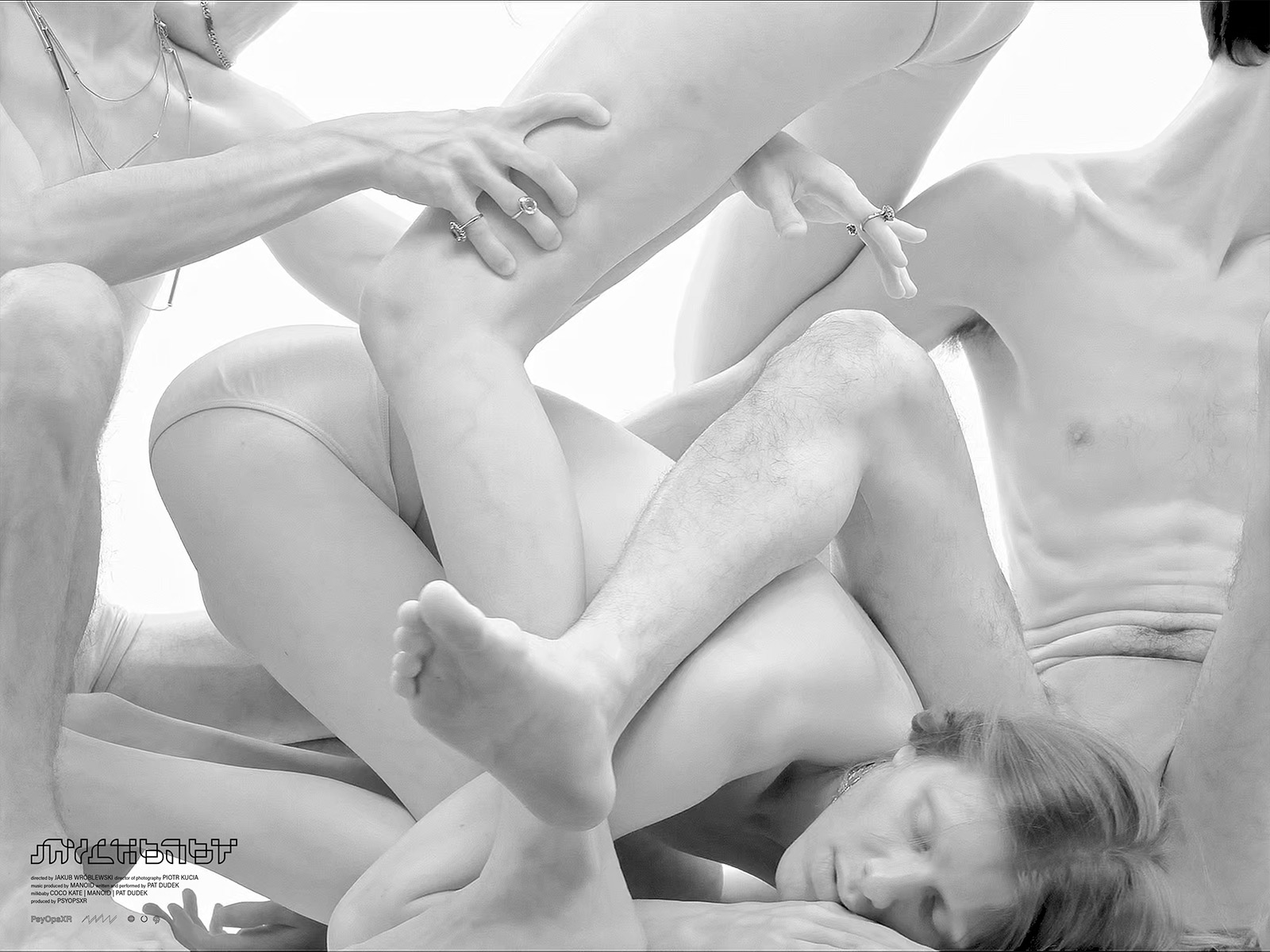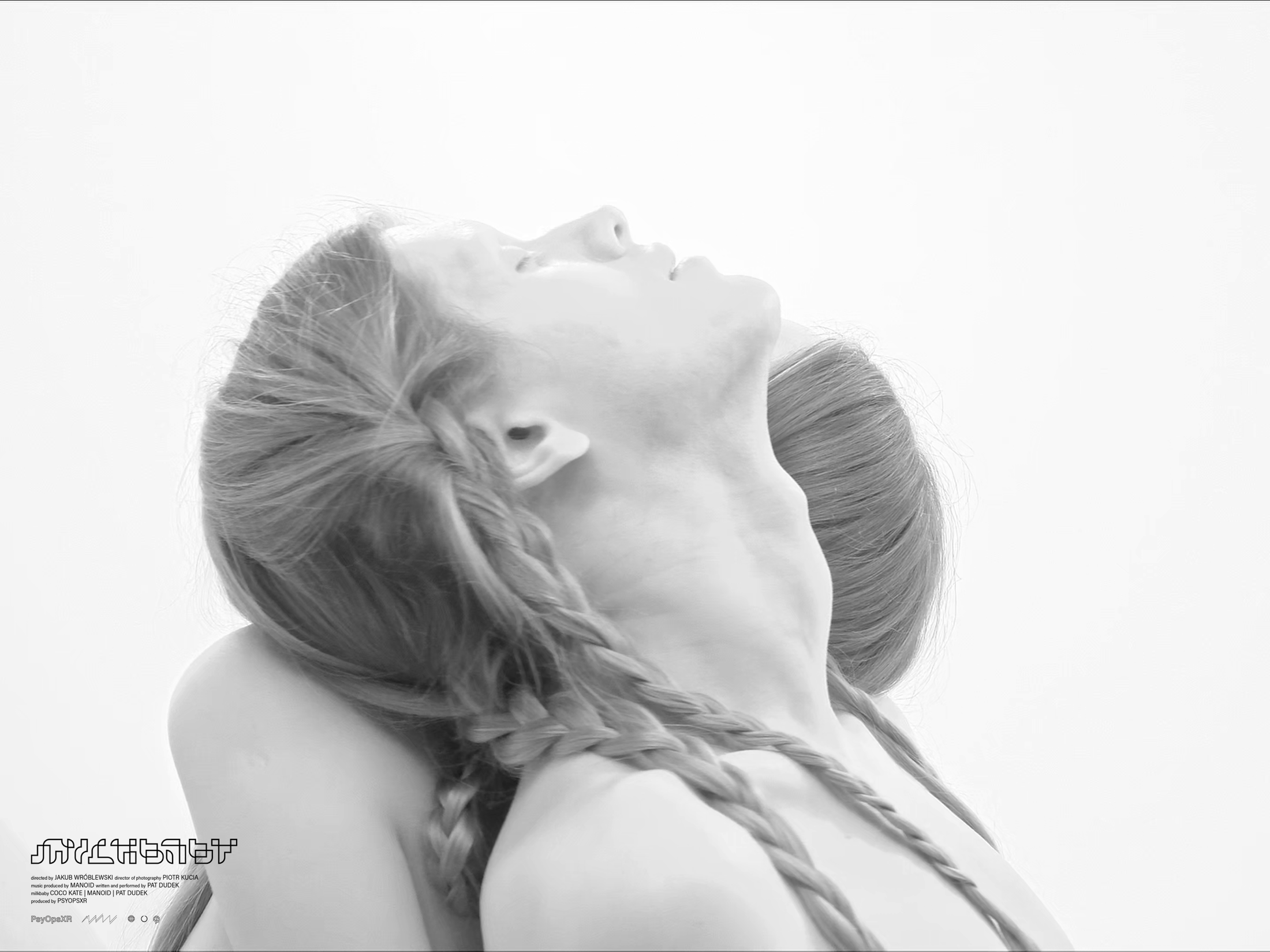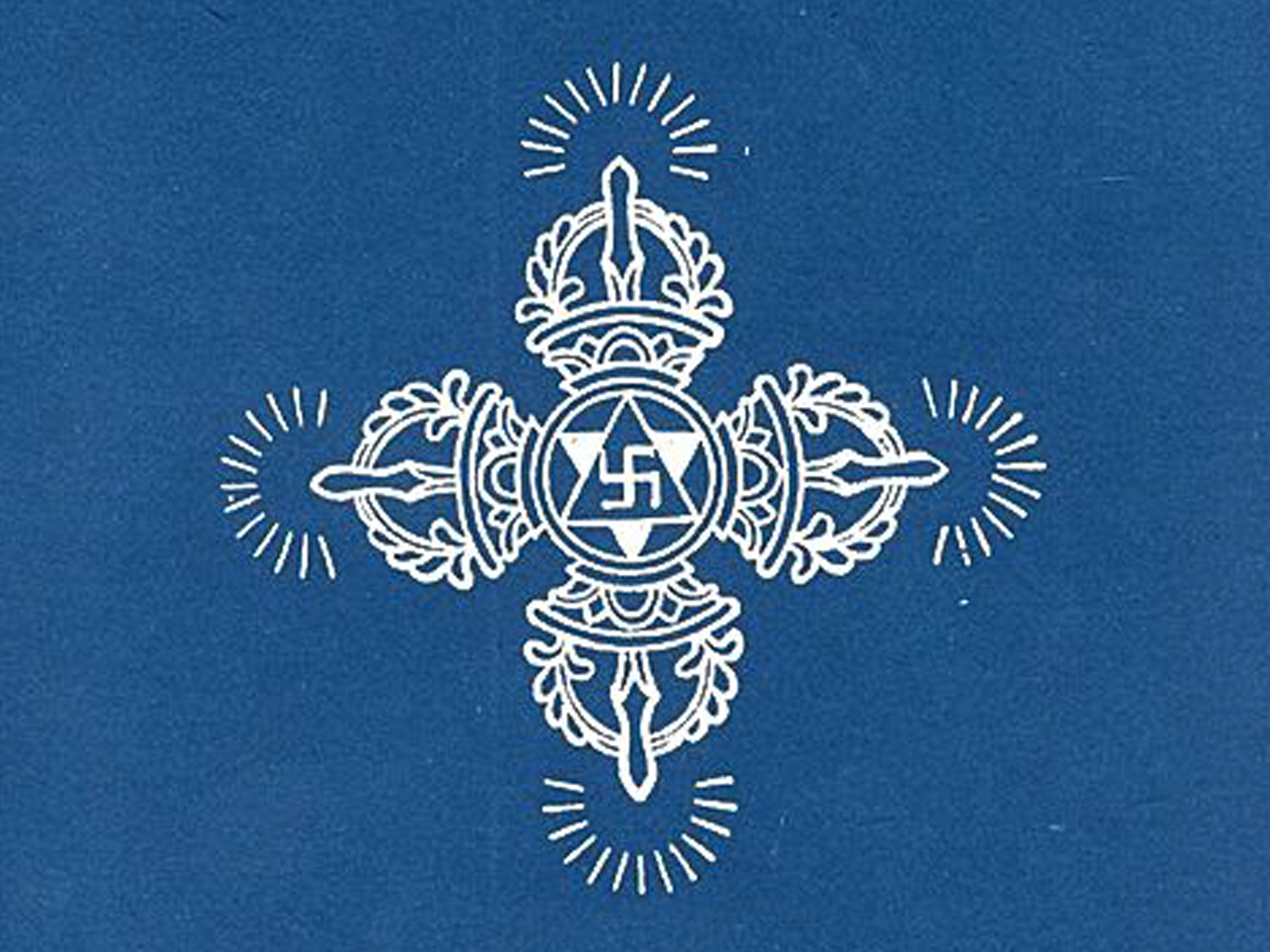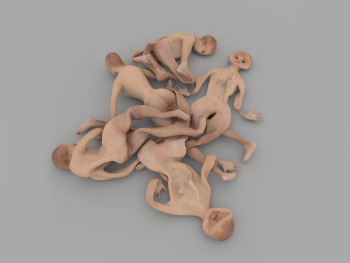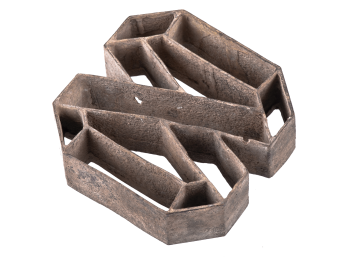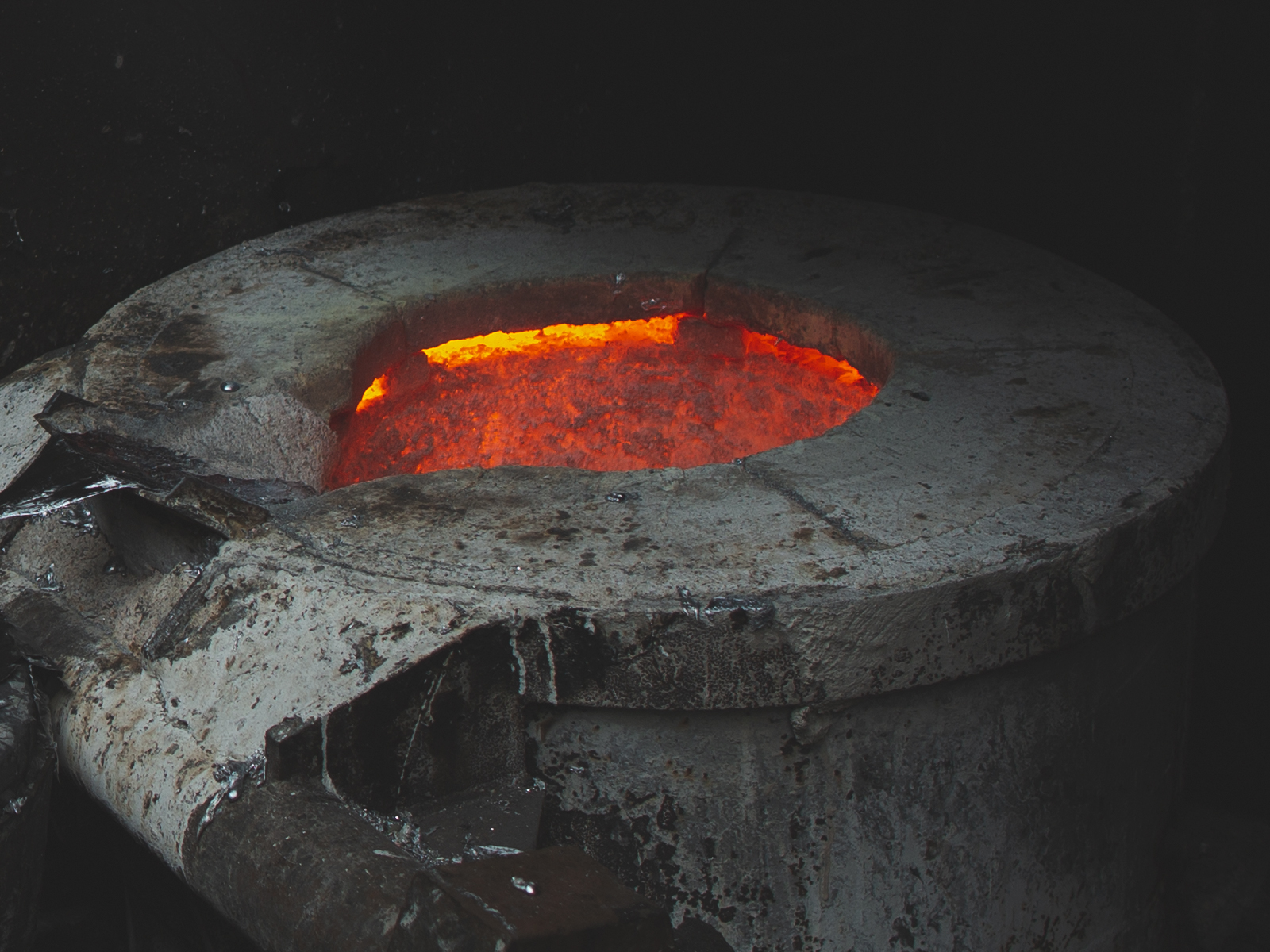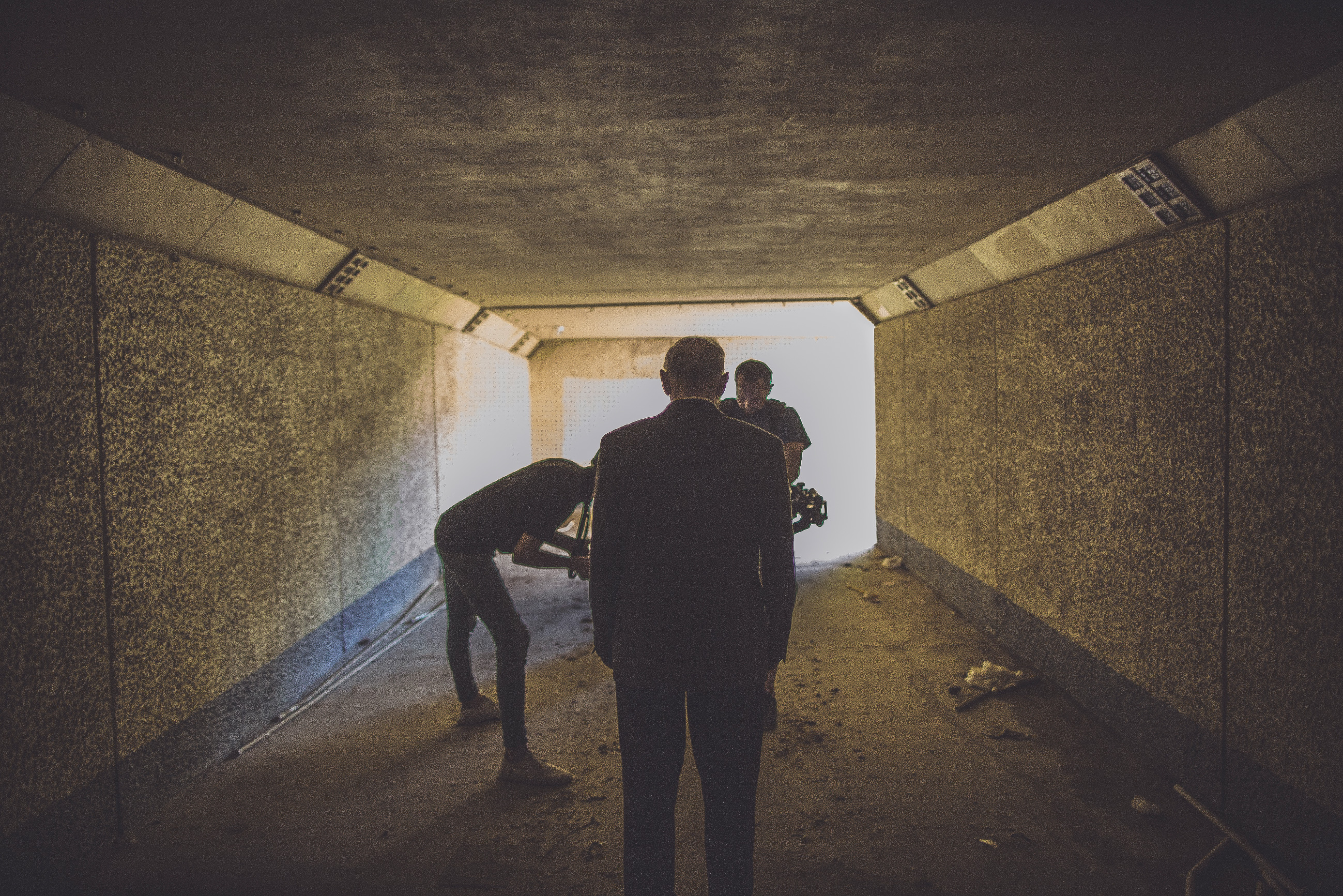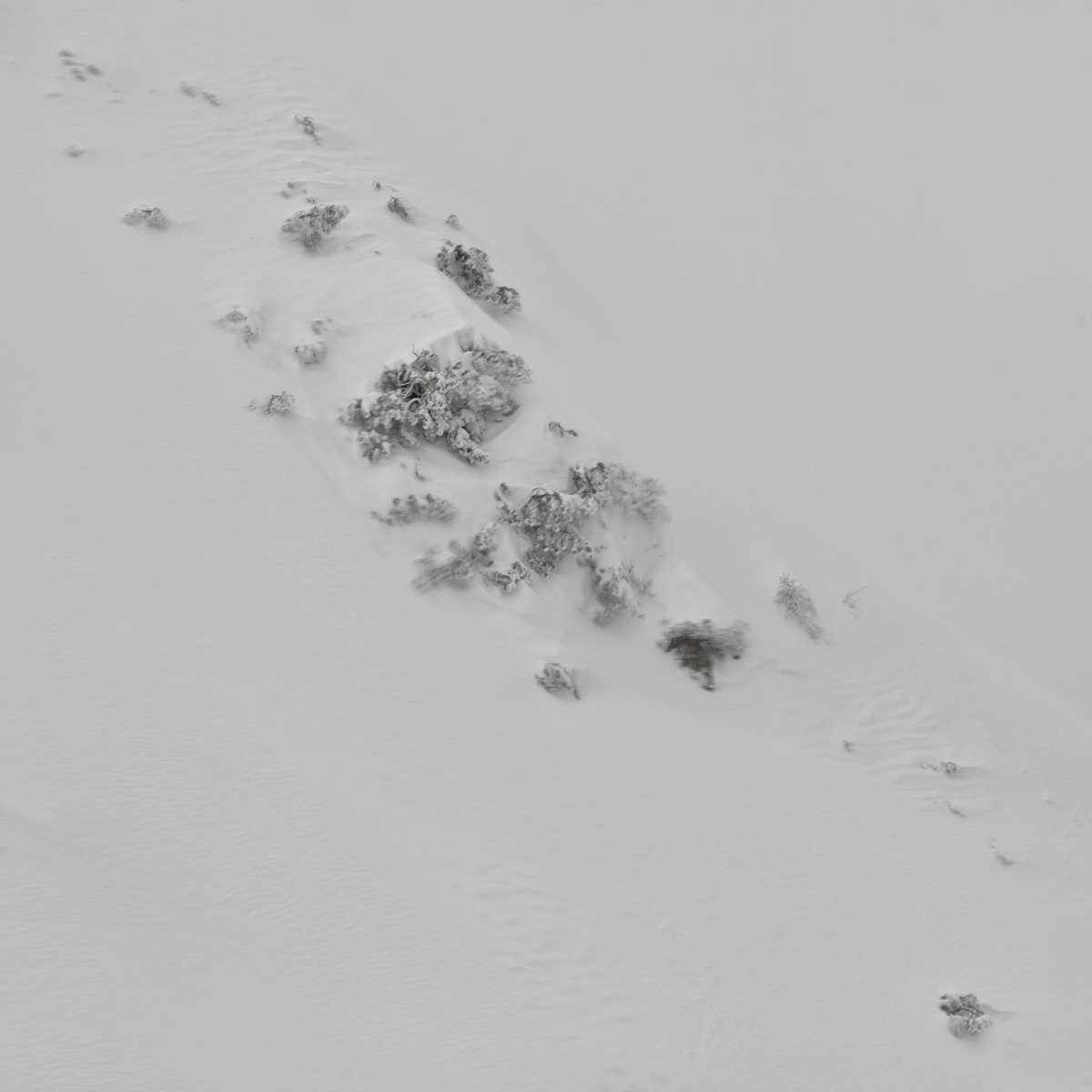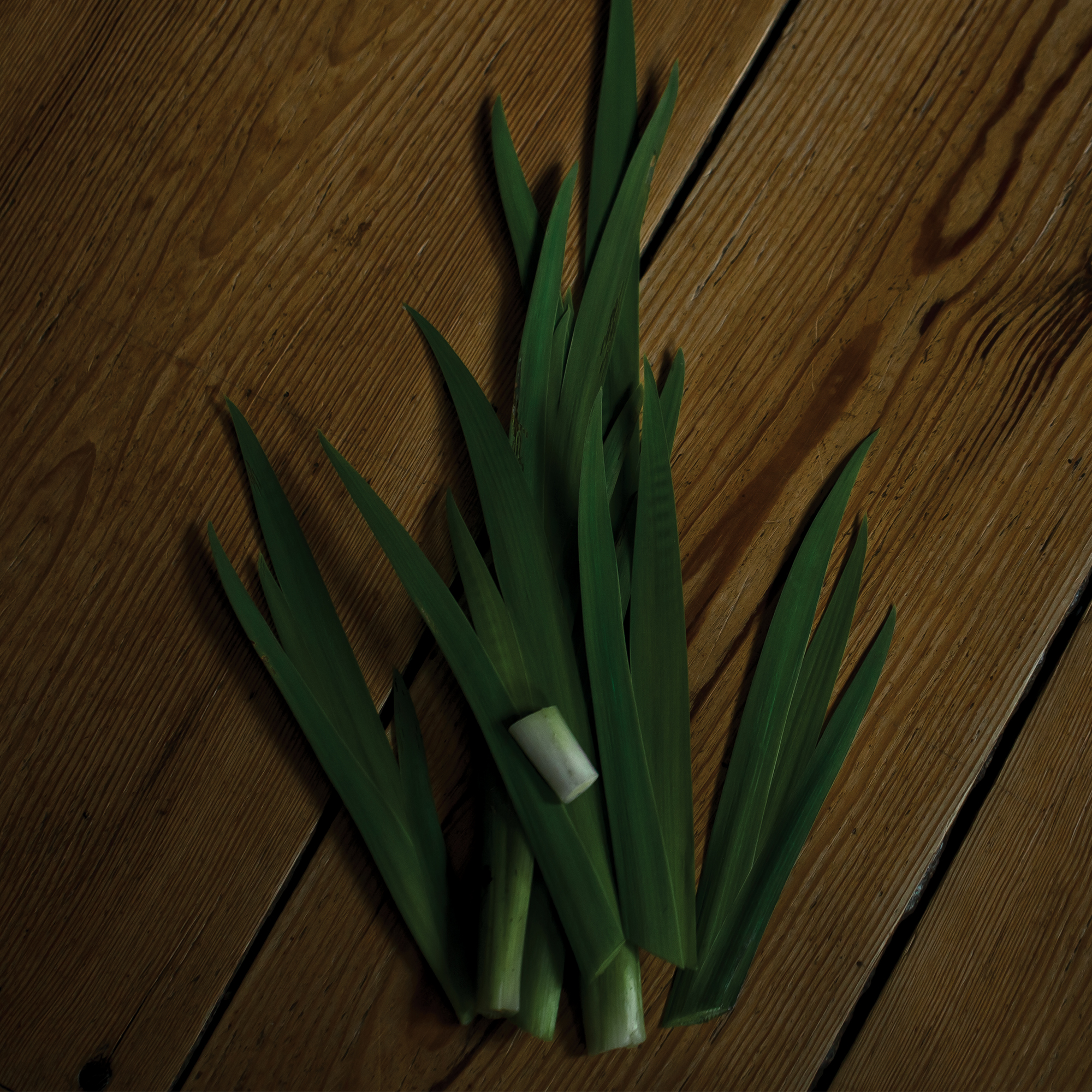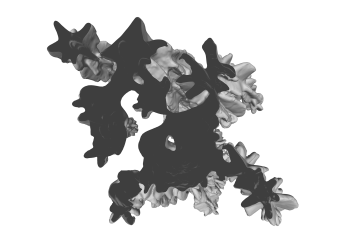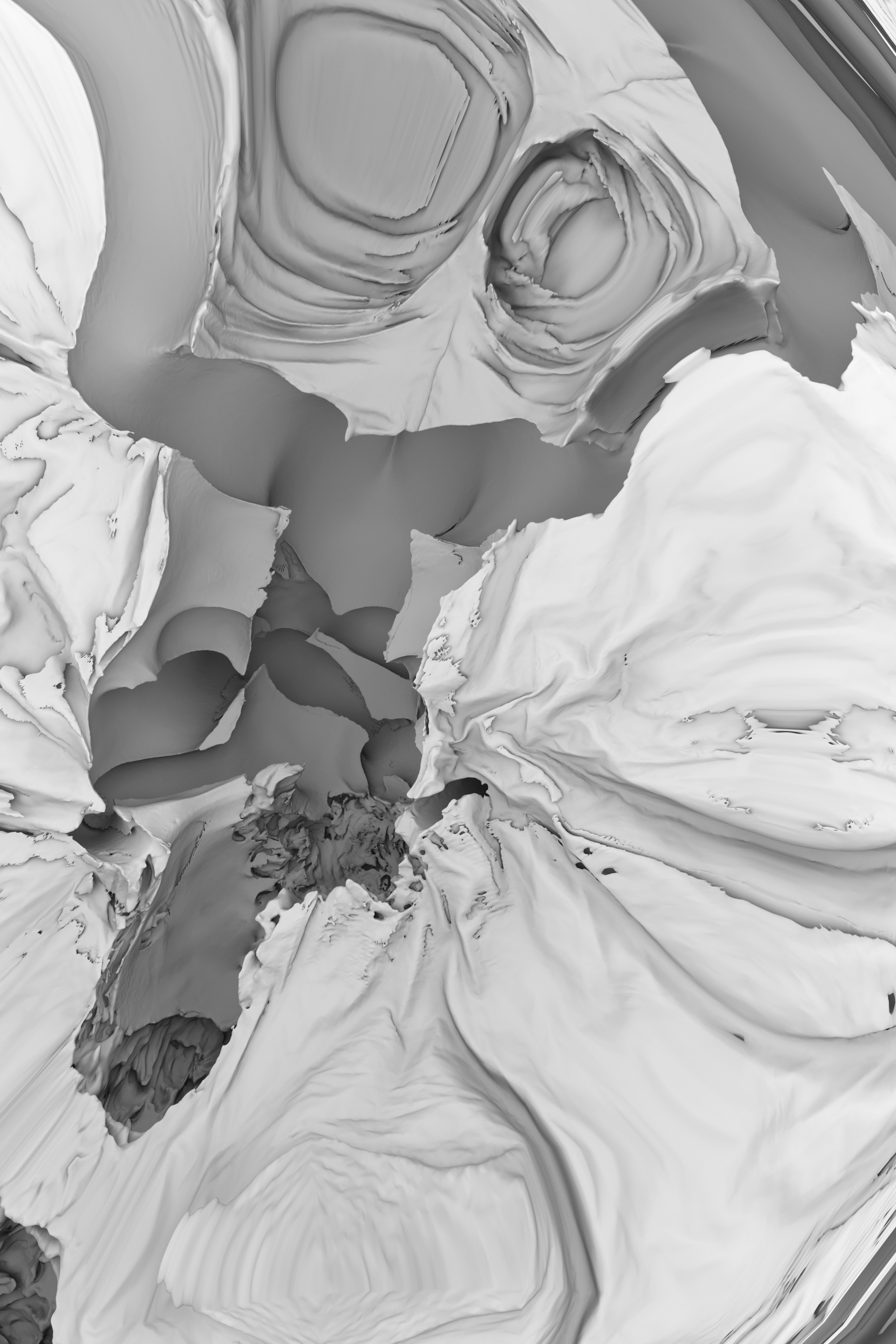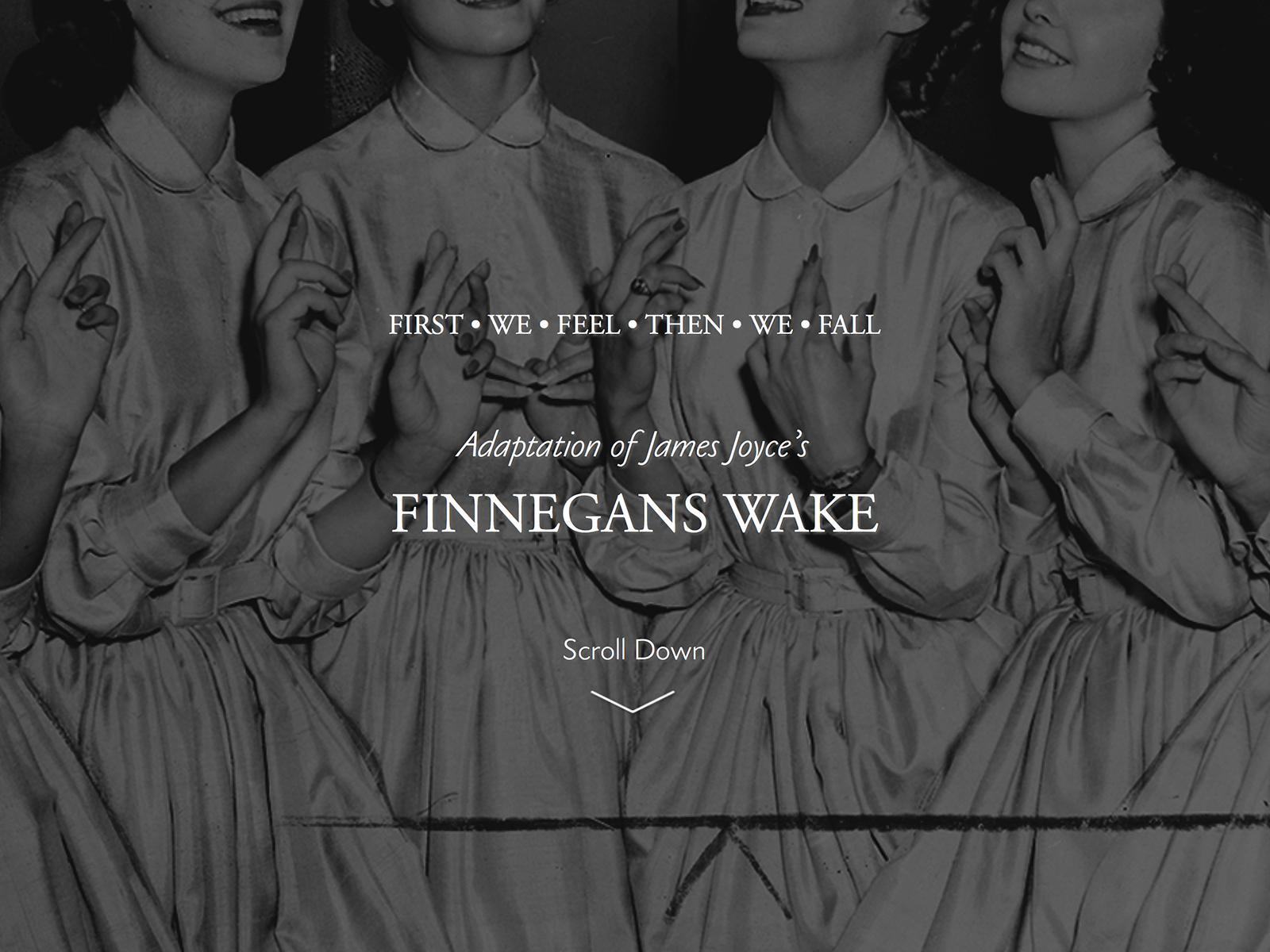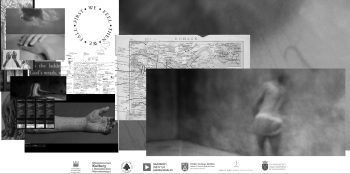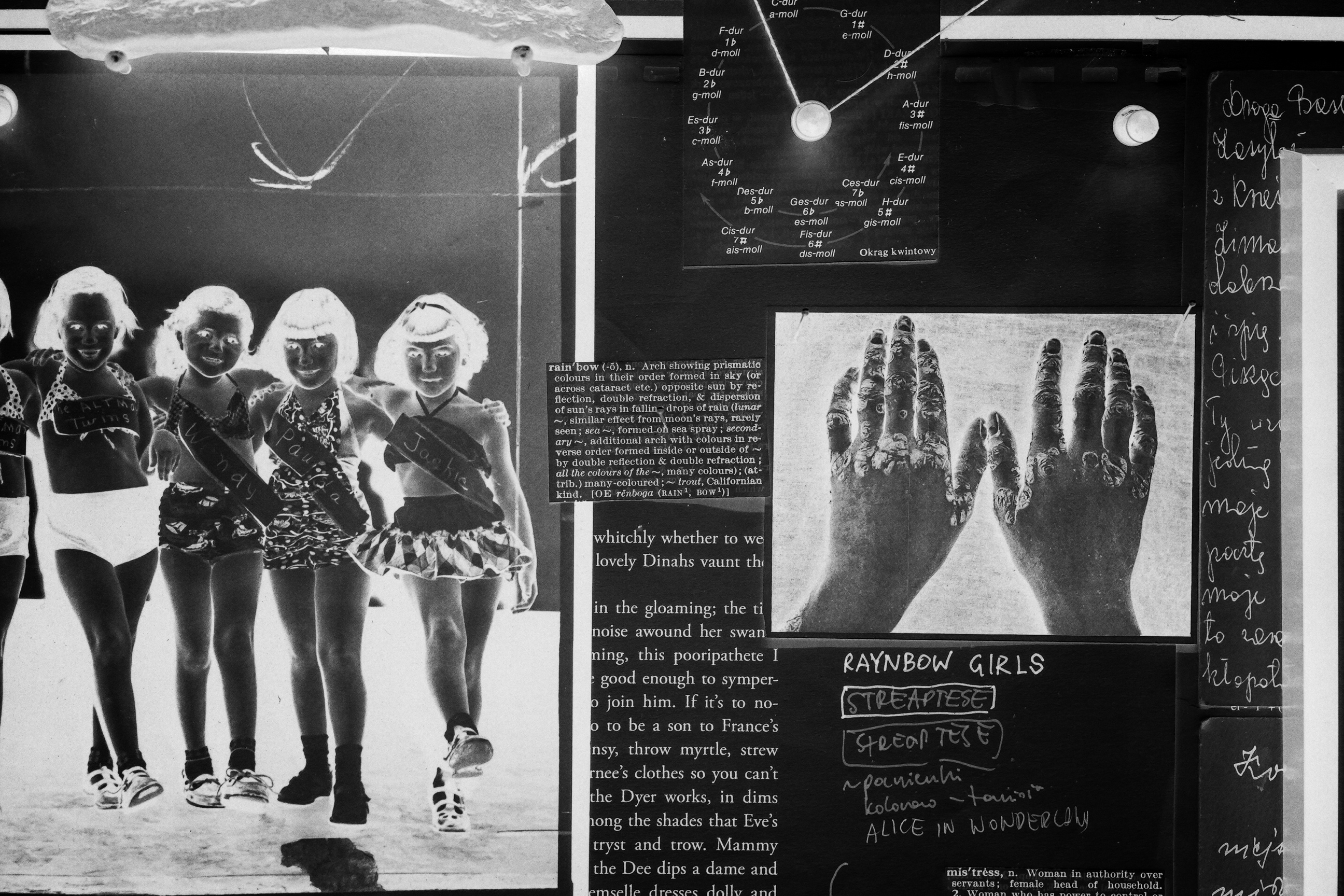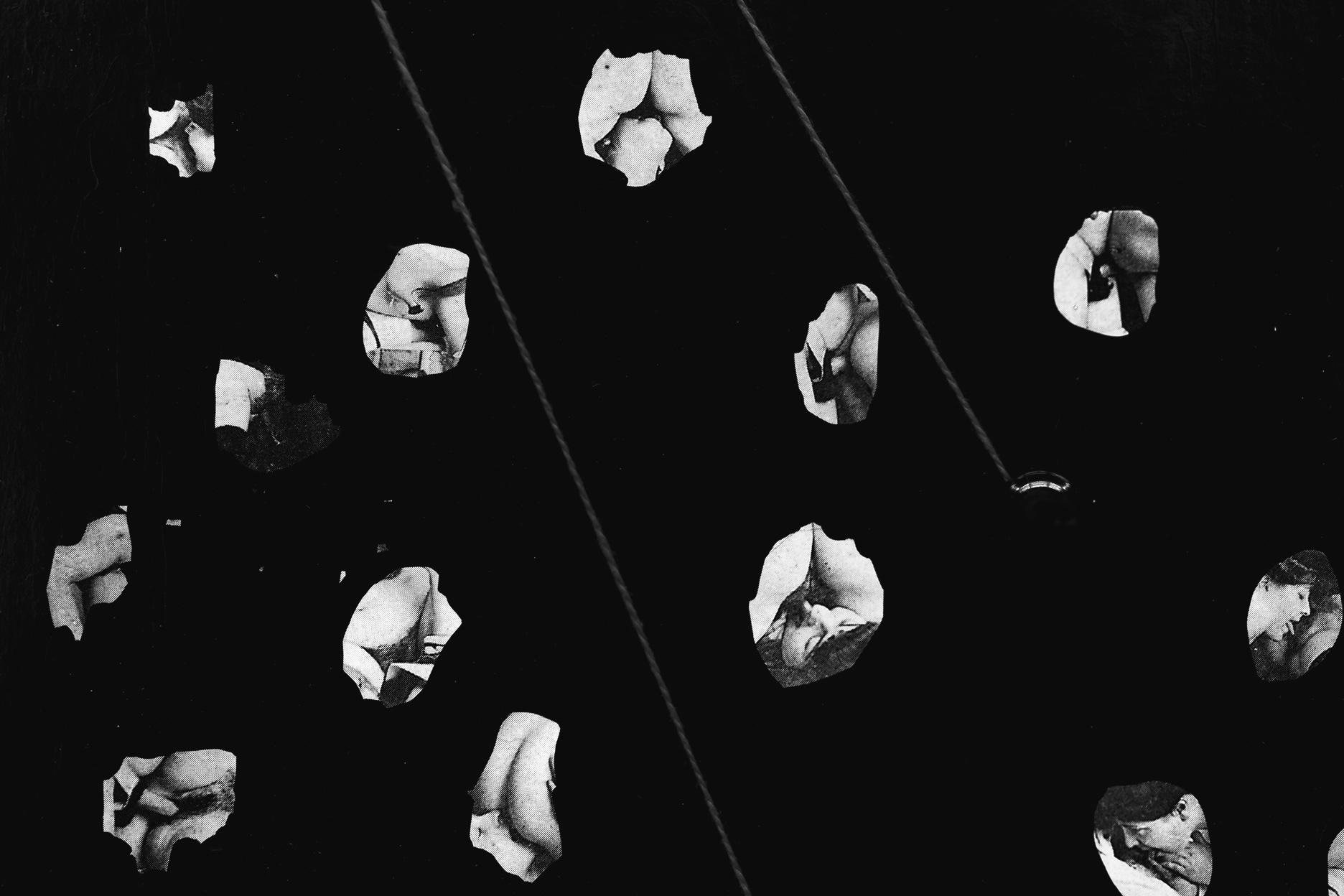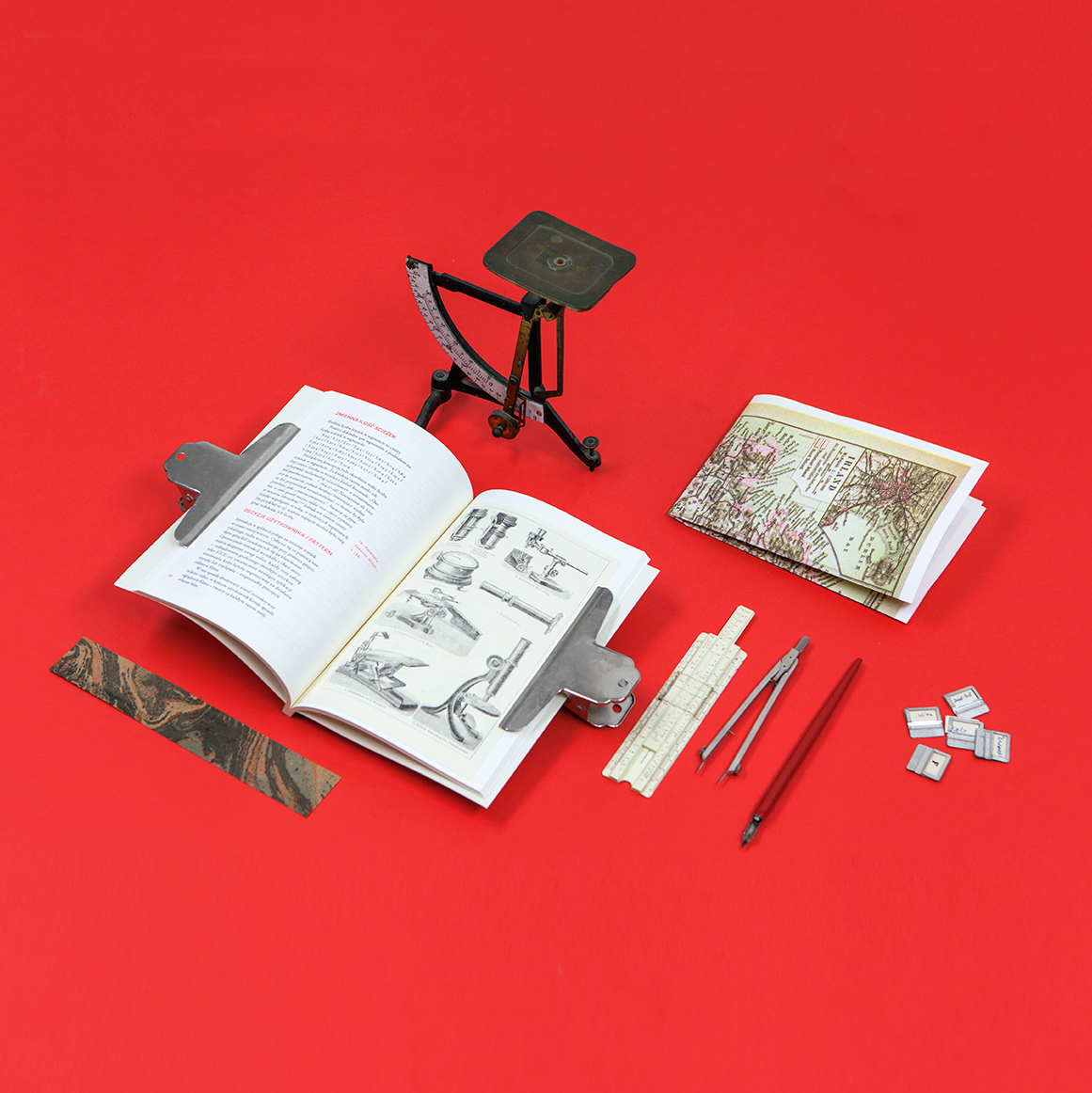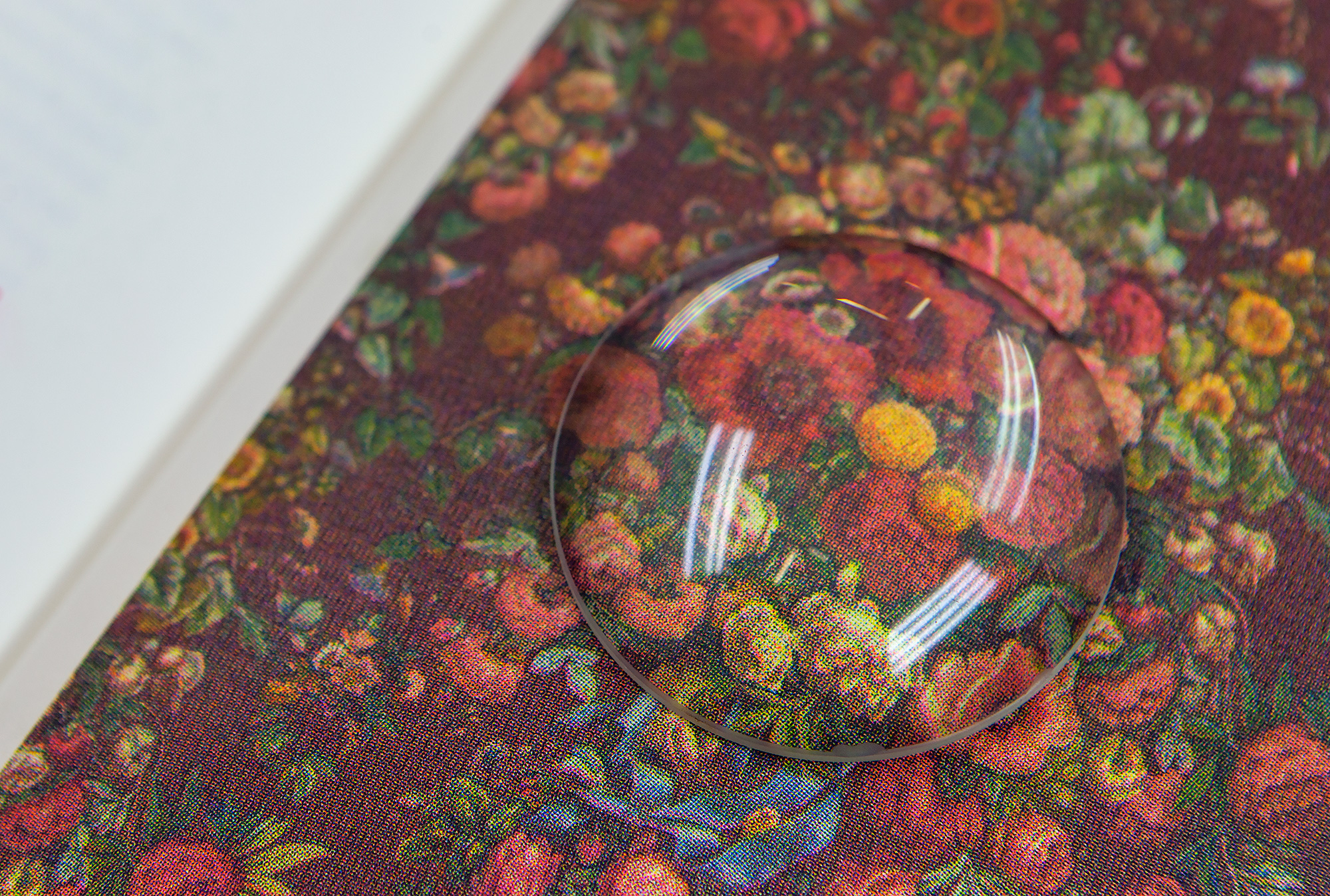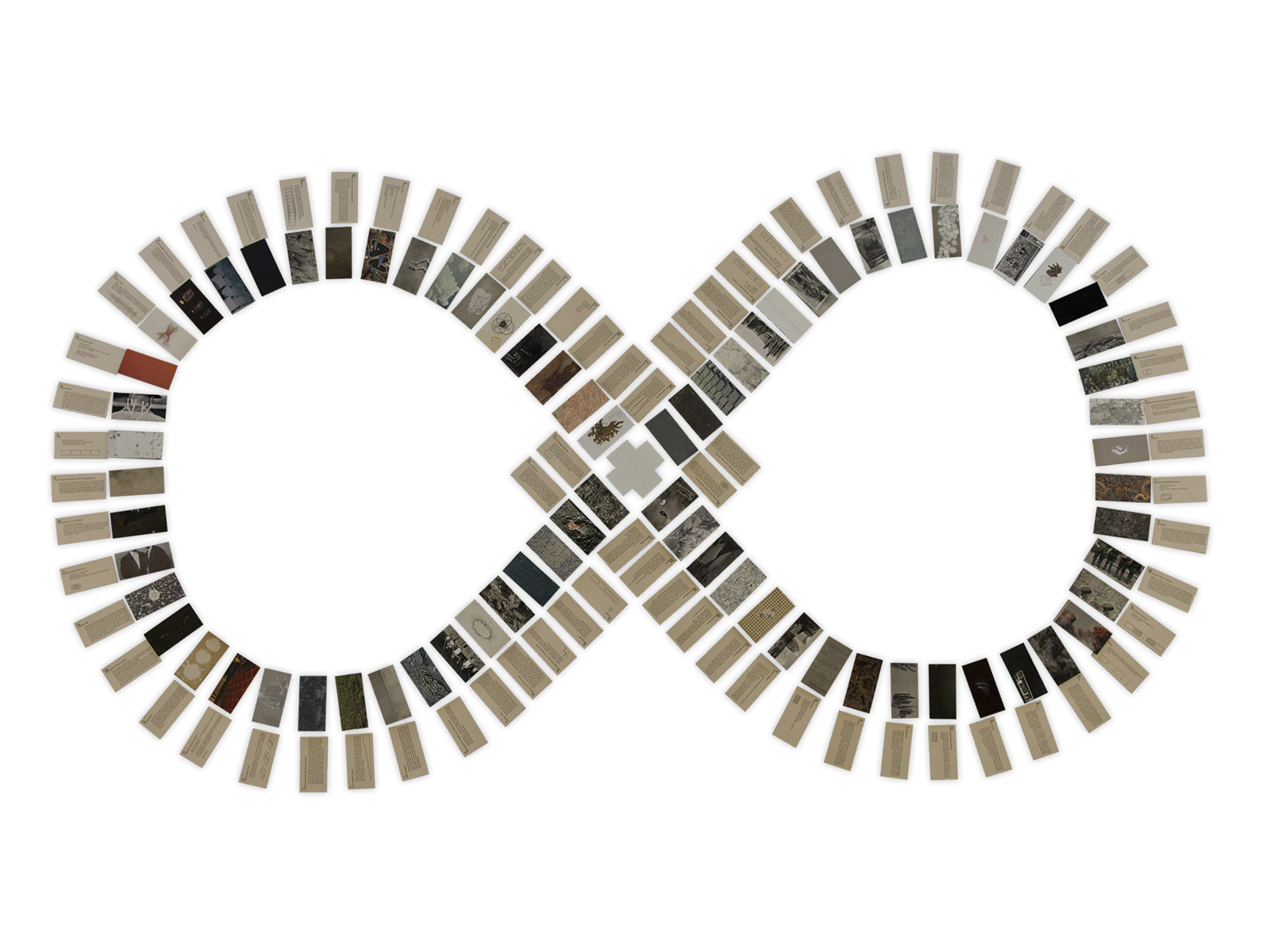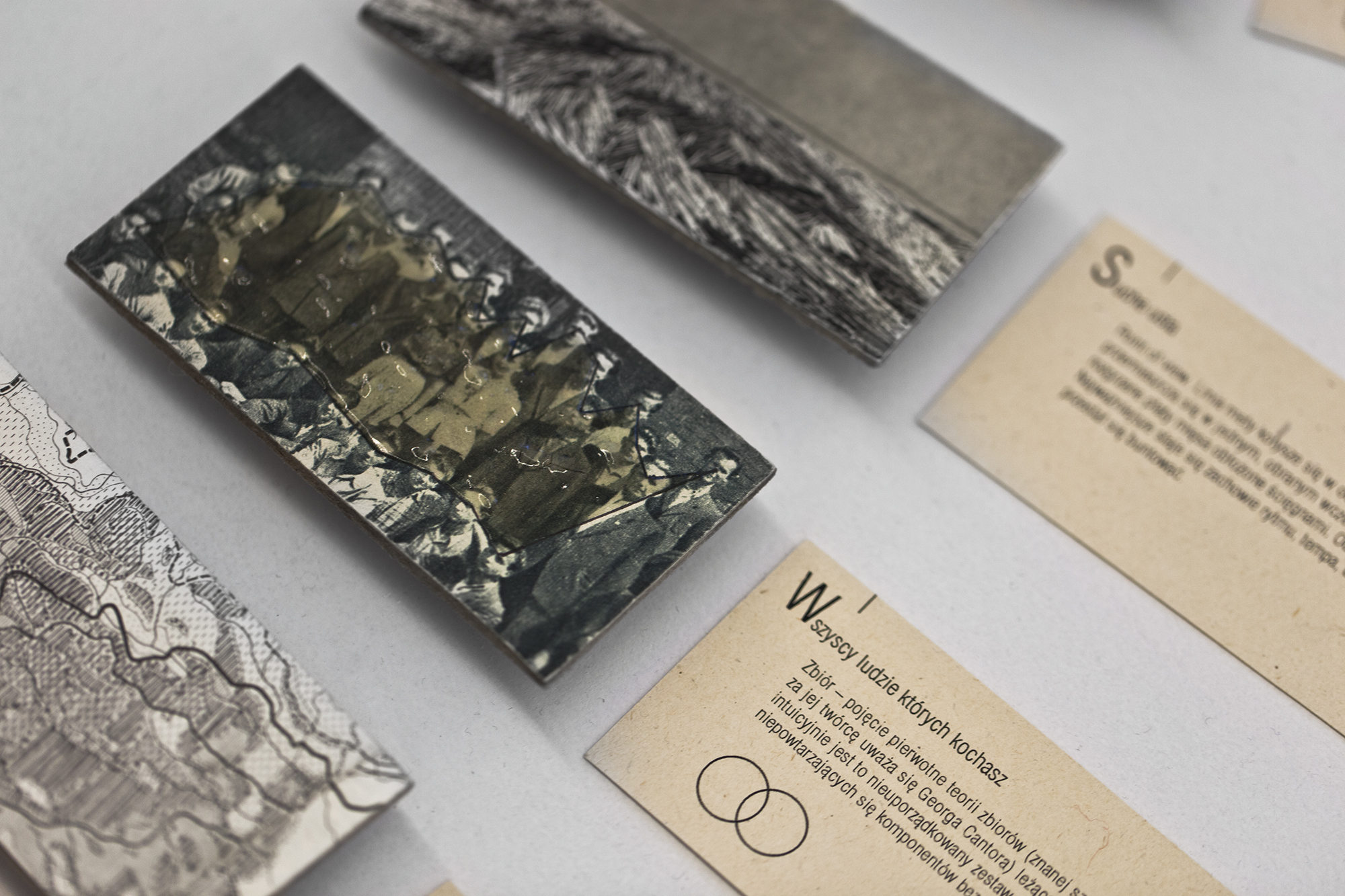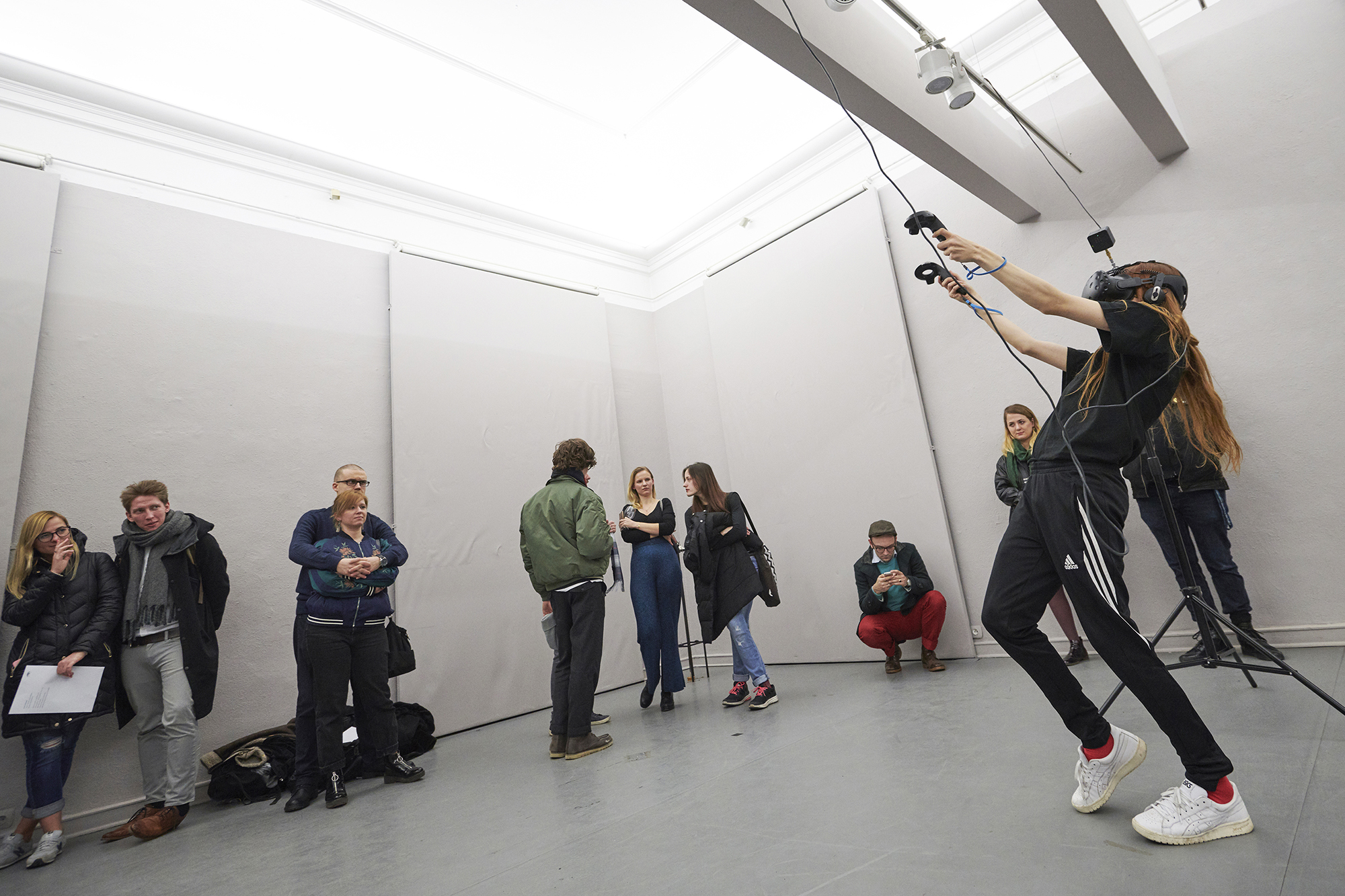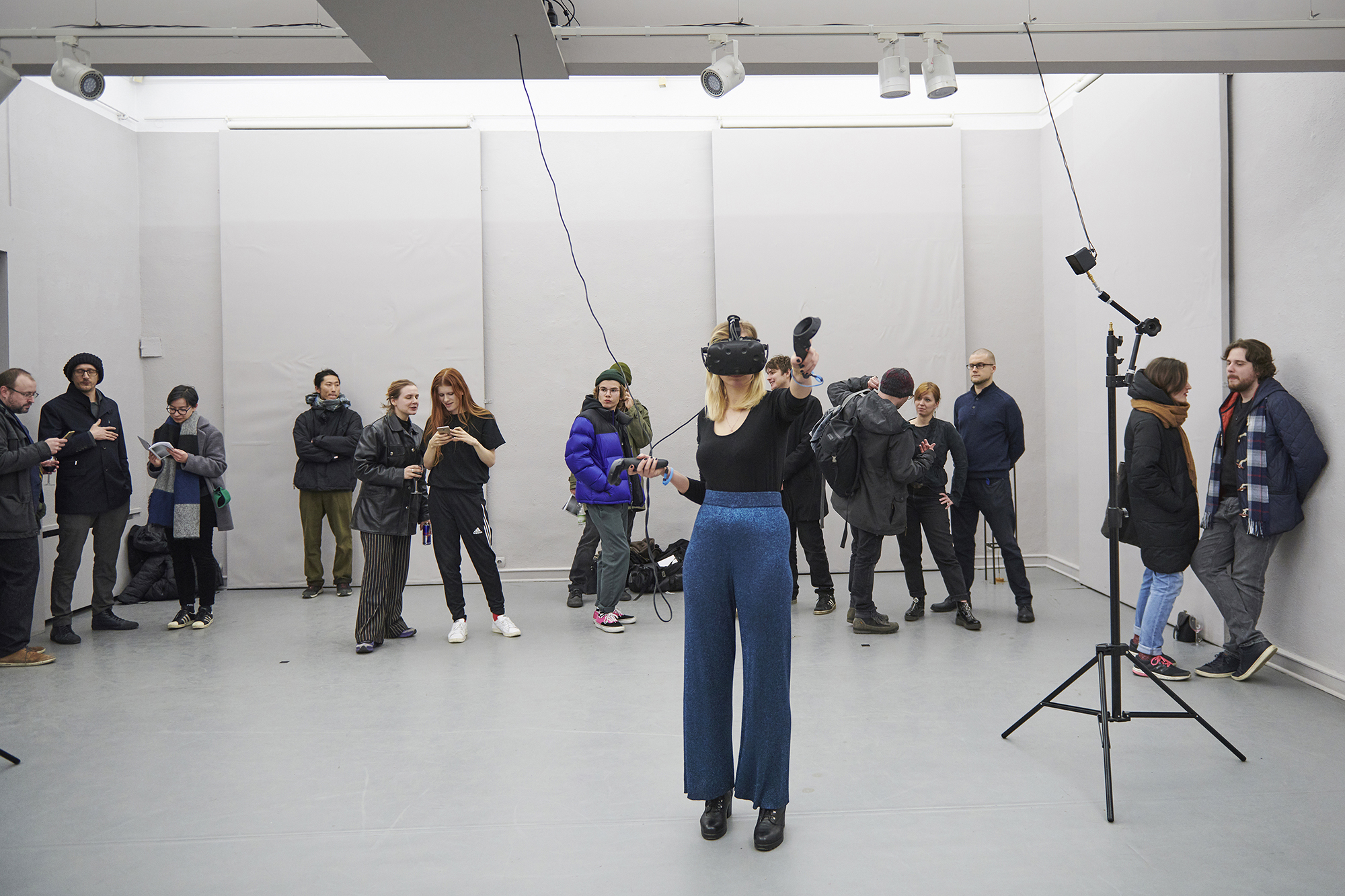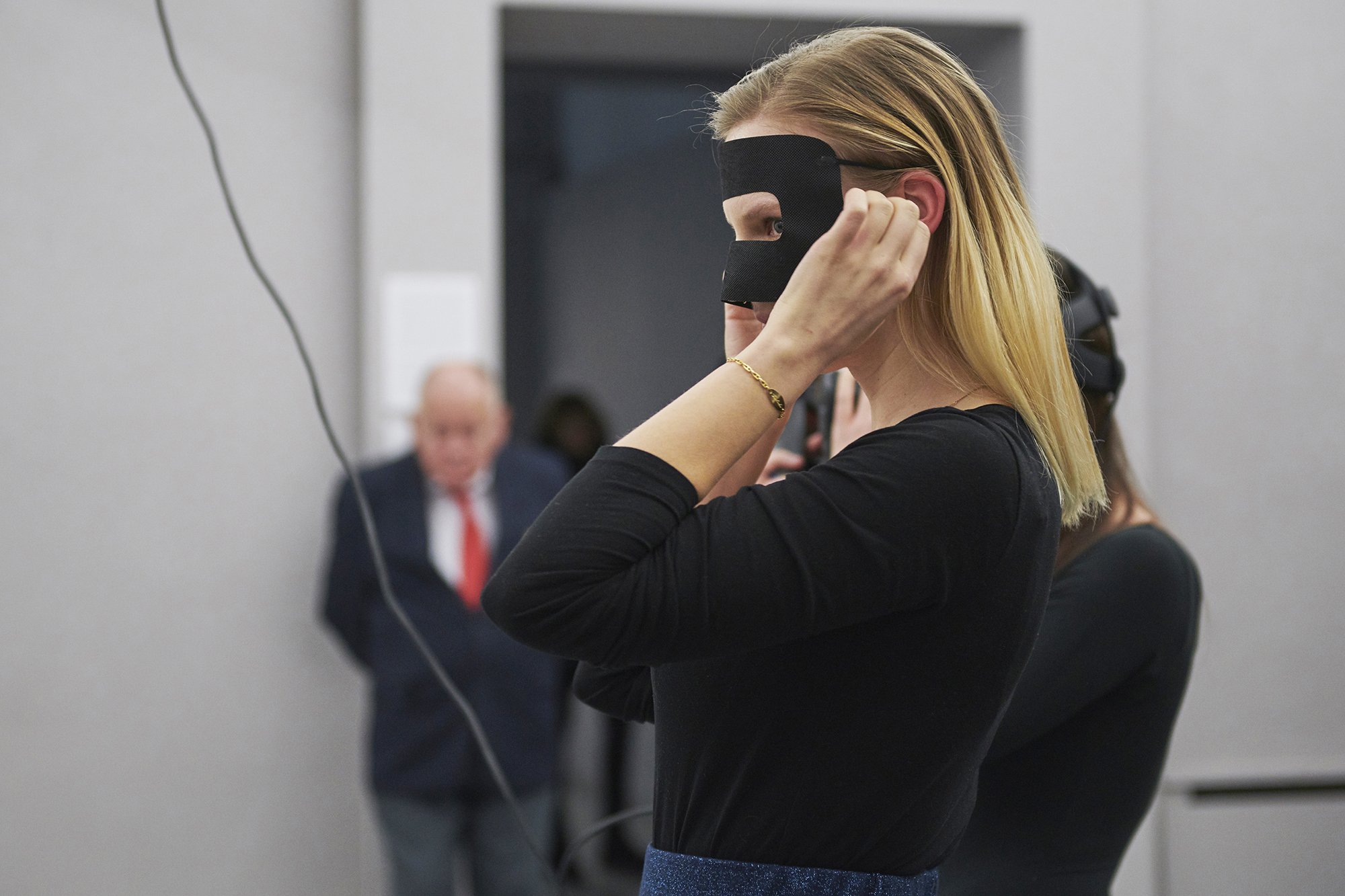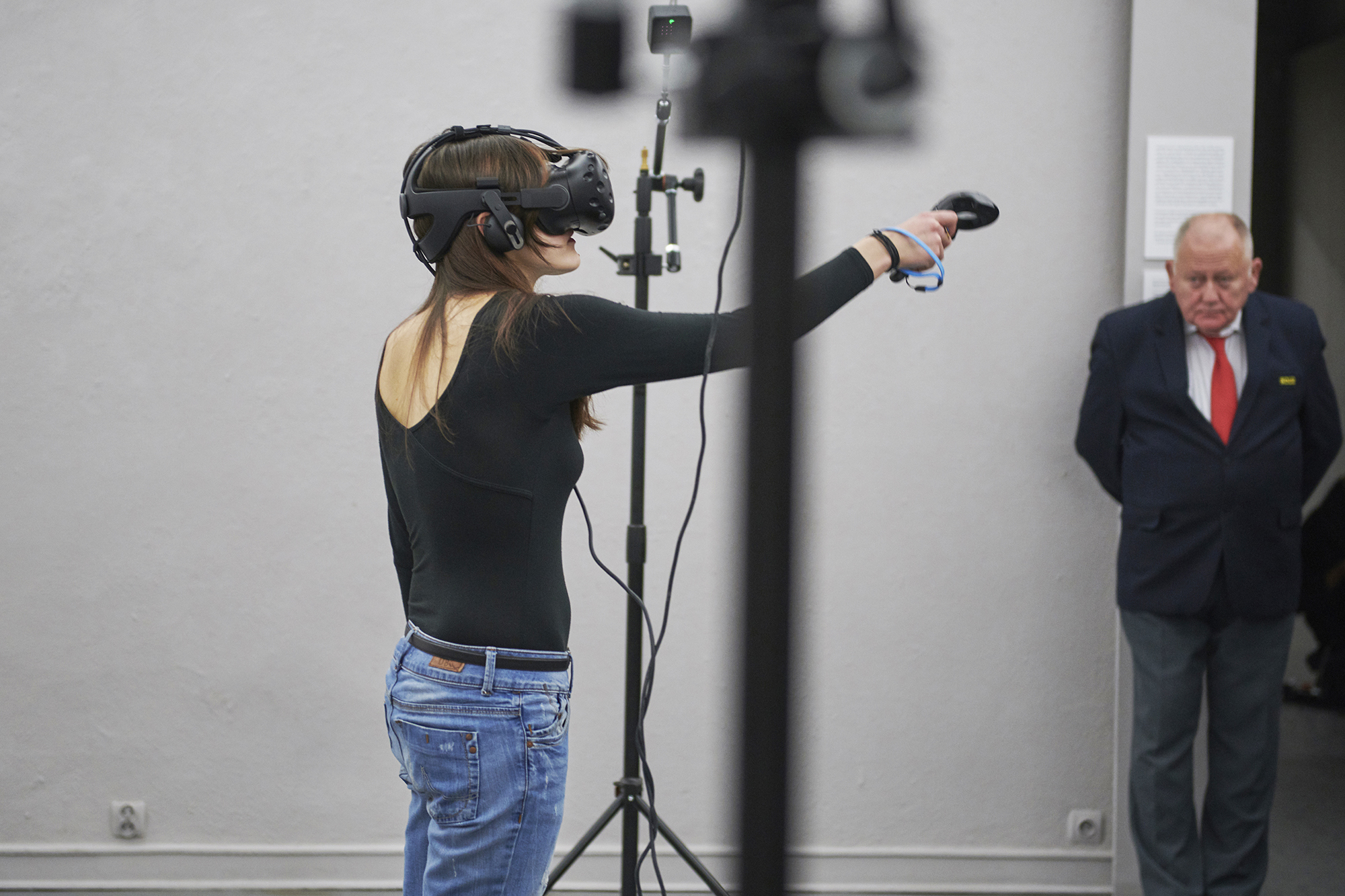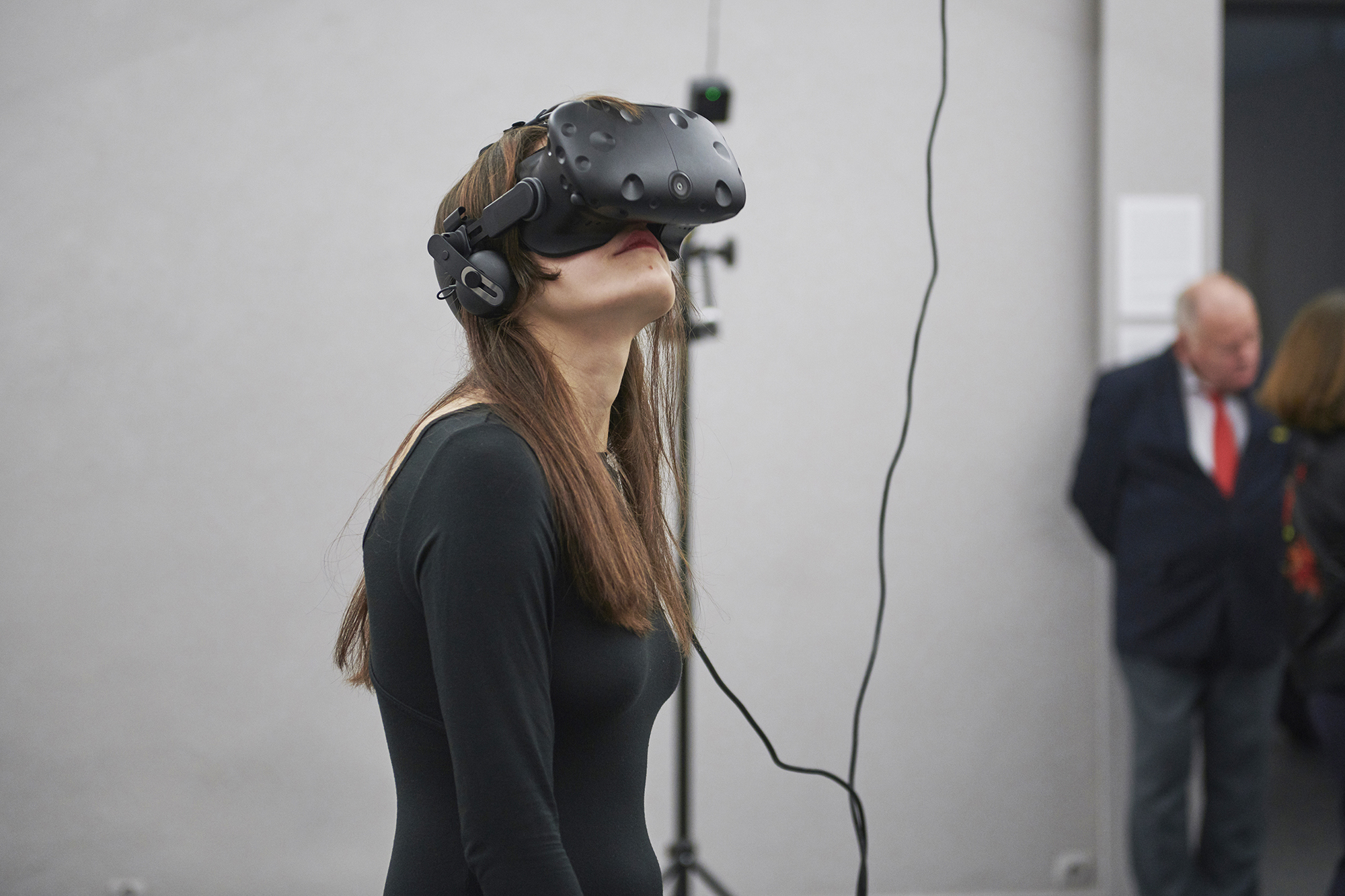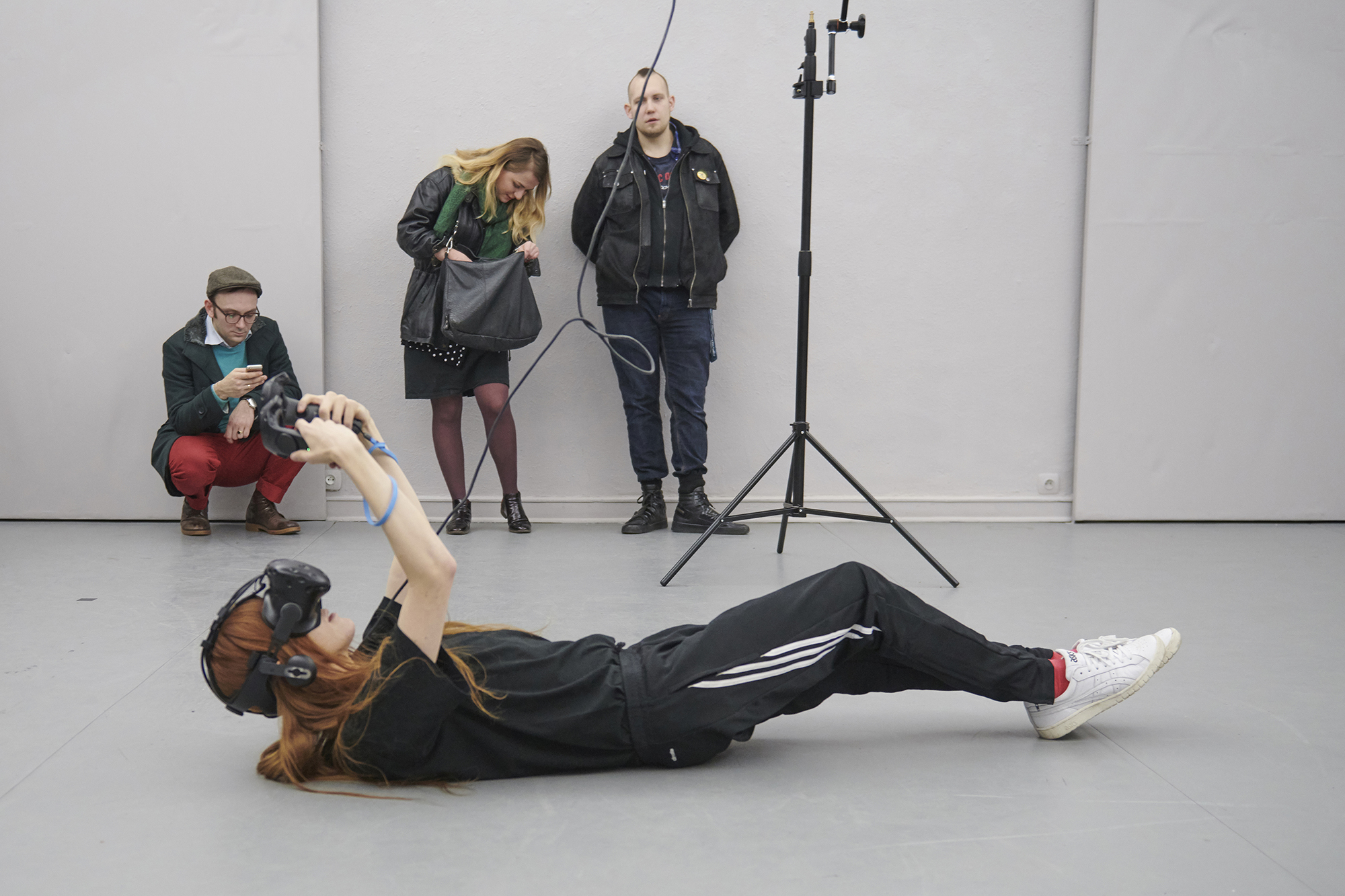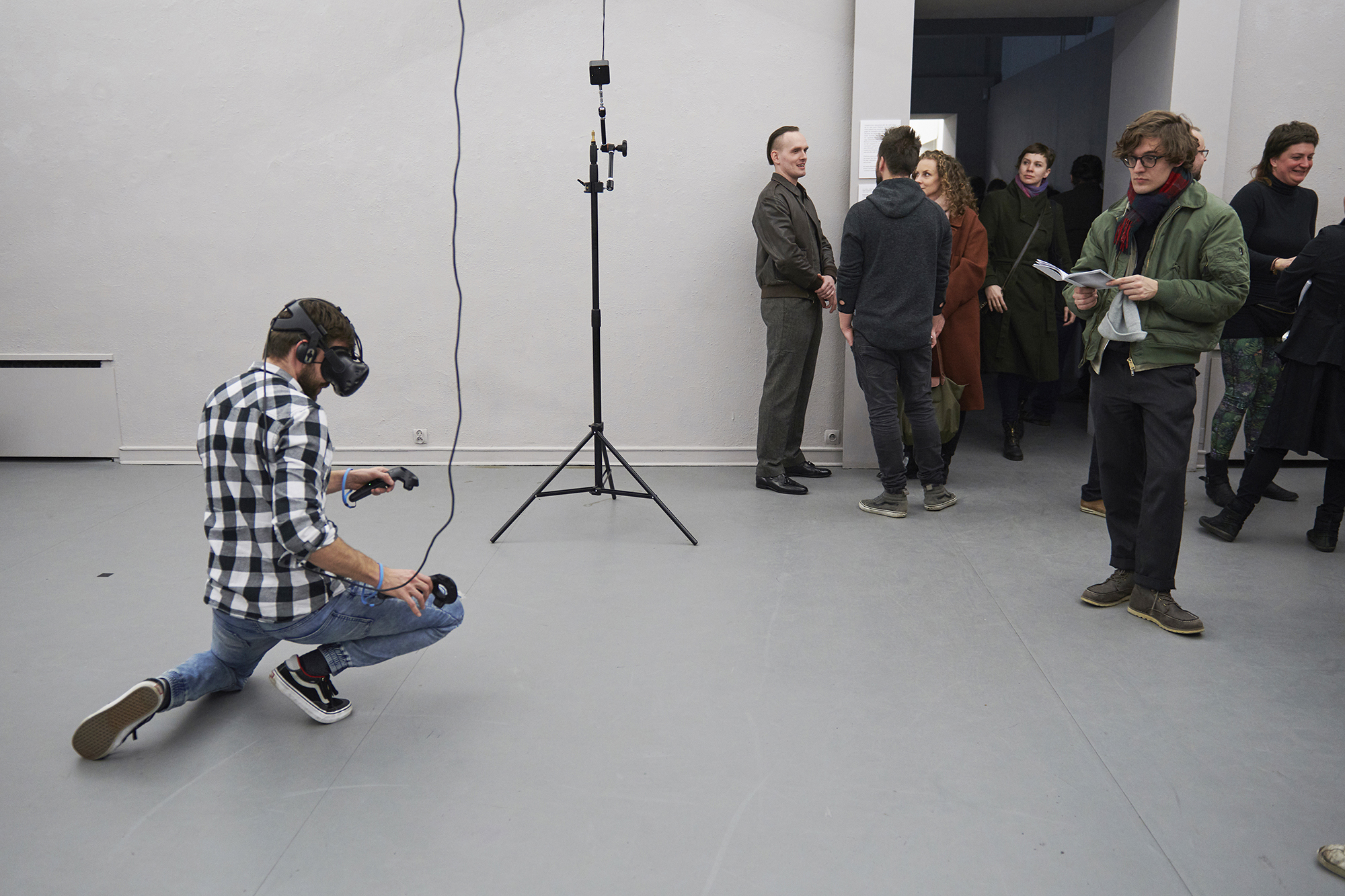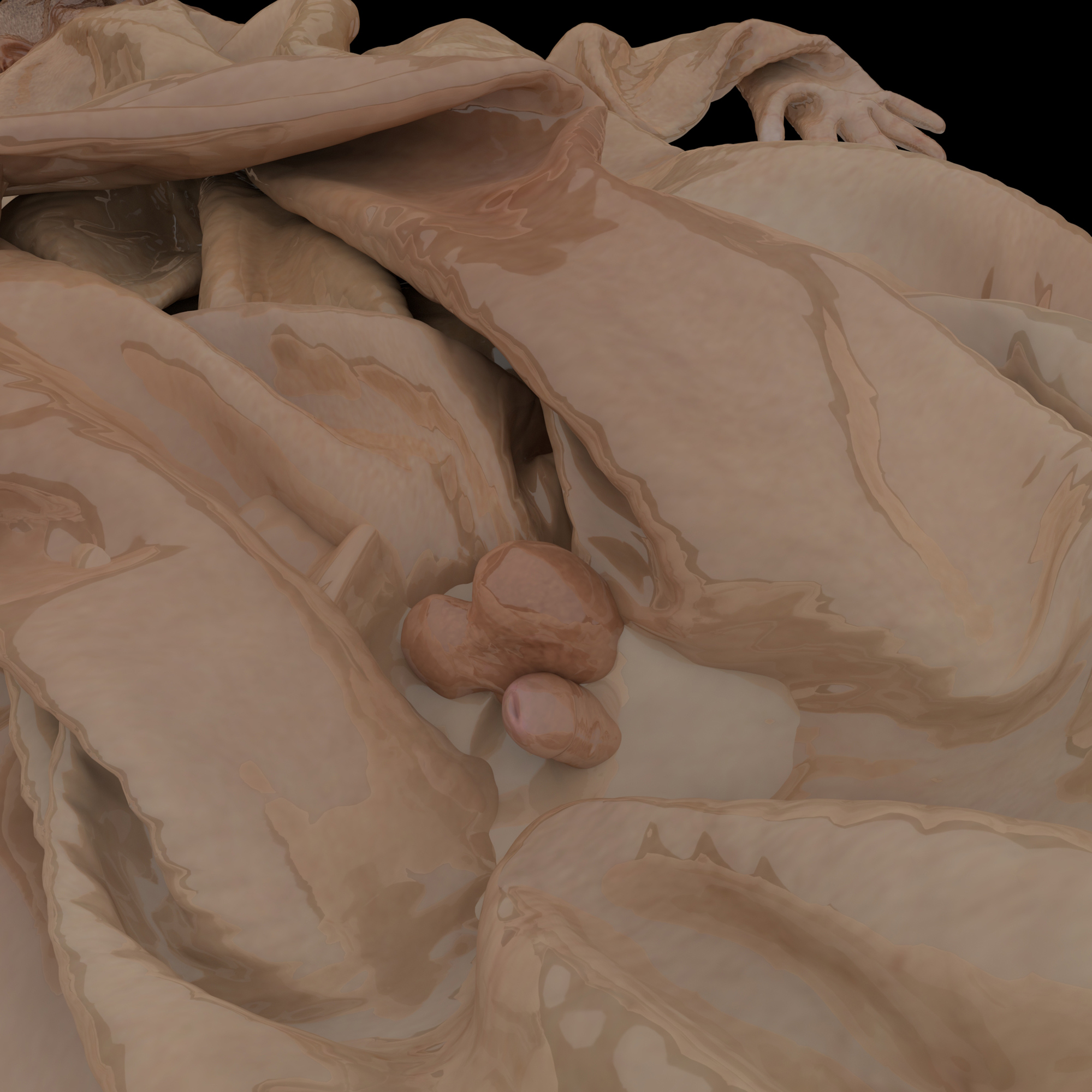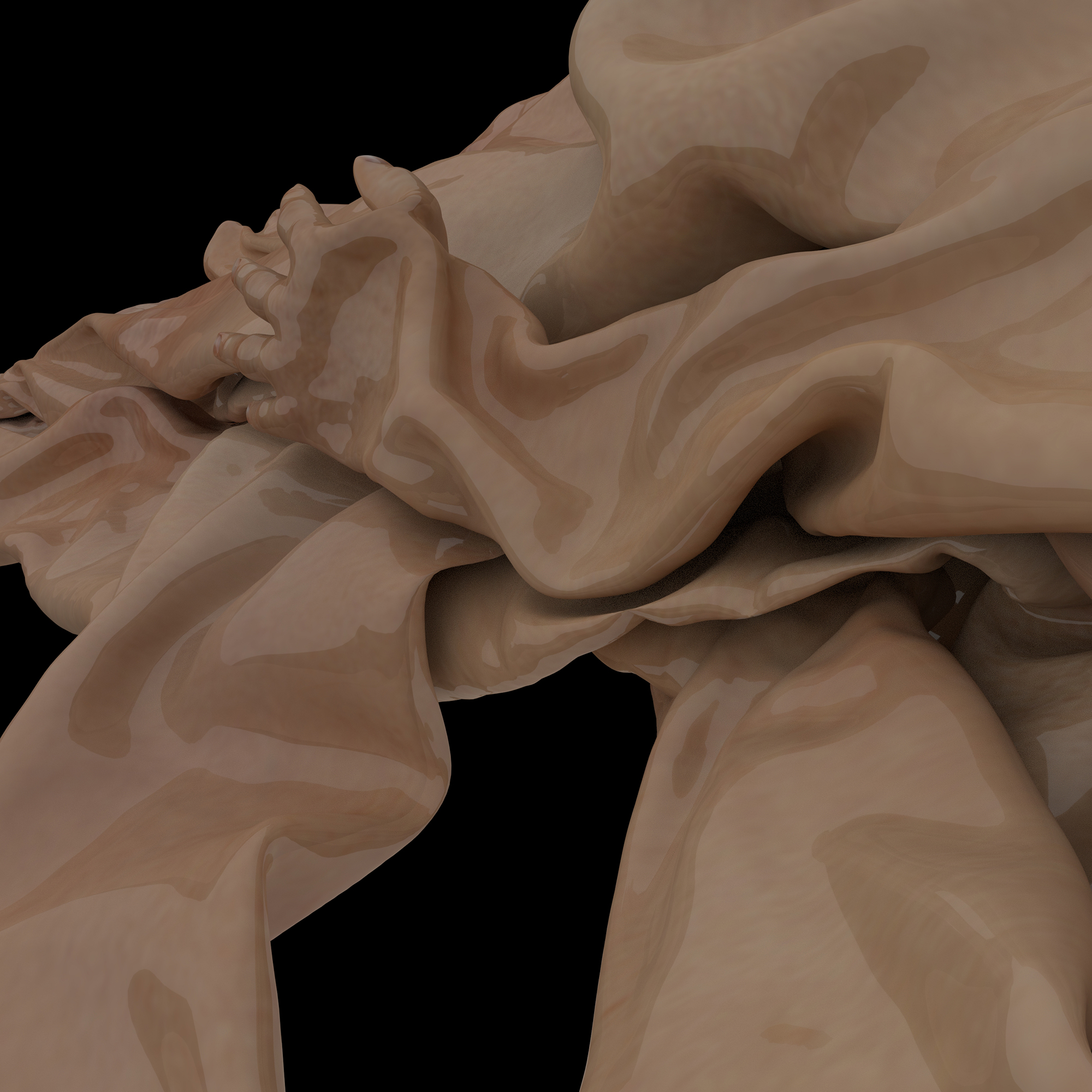concept: Jakub Wróblewski
project by Inexsistens: Wróblewski | Danowski | Isakov
virtual reality experience | six degrees of freedom | UE
Tibetan Bar-do, or the in-between is an intermediate space, inter-space and gap. We examine the inner space of the individual who dies (performs an act of self-liberation) and has not yet entered a new form of existence. In making of this project we are relating to the book The Psychedelic Experience (by Timothy Leary, Ralph Metzner and Richard Alpert, first edition: University Books, New York 1964), in which the bardo experience was analysed in the context of the total loss of subjective identity.
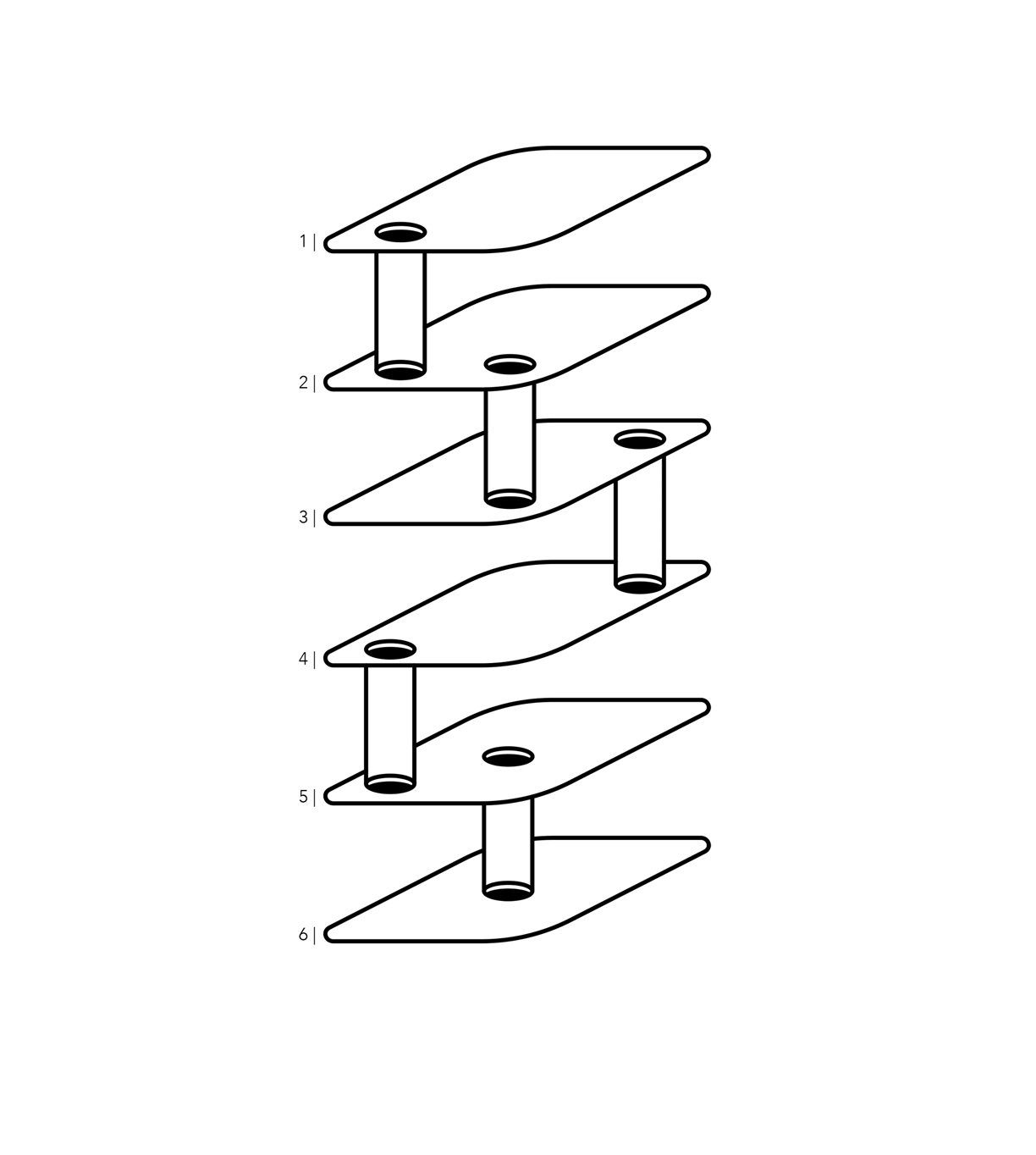
We divided the virtual space into stages which cannot be explored autonomously – their visuals and purpose are based on a specific journey towards a certain direction. According to The Tibetan Book of the Dead, they are Kyenay bardo, Milam bardo, Samten bardo, Chikhai bardo, Chönyi bardo and Sidpa bardo. We identify the participant in their transmigration process with the supra-individual “mental body” (jid-kji lus), “mind” (sems) and “subtle consciousness” (rnam-shes p’ra-mo).
1 | kyenay bardo (skye gnas bar do): is the first bardo of birth and life. This bardo commences from conception until the last breath, when the mindstream withdraws from the body.
2 | milam bardo (rmi lam bar do): is the second bardo of the dream state. The Milam Bardo is a subset of the first Bardo. Dream Yoga develops practices to integrate the dream state into Buddhist sadhana.
3 | samten bardo (bsam gtan bar do) is the third bardo of meditation. This bardo is generally only experienced by meditators, though individuals may have spontaneous experience of it. Samten Bardo is a subset of the Shinay Bardo.
4 | chikhai bardo (‘chi kha’i bar do): is the fourth bardo of the moment of death. According to the tradition, this bardo is held to commence when the outer and inner signs presage that the onset of death is nigh, and continues through the dissolution or transmutation of the Mahabhuta until the external and internal breath has completed.
5 | chönyi bardo (chos nyid bar do): is the fifth bardo of the luminosity of the true nature which commences after the final ‘inner breath’ (Sanskrit: prana, vayu; Tibetan: rlung). It is within this Bardo that visions and auditory phenomena occur. In the Dzogchen teachings, these are known as the spontaneously manifesting Thödgal (Tibetan: thod-rgyal) visions. Concomitant to these visions, there is a well- ing of profound peace and pristine awareness. Sentient beings who have not practiced during their lived experience and/or who do not recognize the clear light (Tibetan: od gsal) at the moment of death are usually deluded throughout the fifth bardo of lumi- nosity.
6 | sidpa bardo (srid pa bar do): is the sixth bardo of becoming or transmigration. This bardo endures until the inner-breath commences in the new transmigrating form determined by the “karmic seeds” within the storehouse consciousness.
Immersive bardo experience is possible thanks to six degrees of freedom – 6DoF. The participant has the ability to move, explore and change position in terms of movement forward / backward, up / down, left / right in three perpendicular axes, combined with orientation changes by rotating around three perpendicular axes – bend (coronal axis), jump (transverse axis) and tilt (sagittal axis). To expand the unfettered impression of embodiment, the exhibition space has been mapped, and the participant can interact with the surrounding simulation. After the experience finishes, the participant becomes a Delog –“daa-log is the deceased, who ‘returned from dead’ to tell what he had seen and lived on the other side Delog is someone who has died and left the body, after some time to return and continue to live”. The only condition for participation in the experiment is not having any objects made of leather.
3d printing | physics simulations
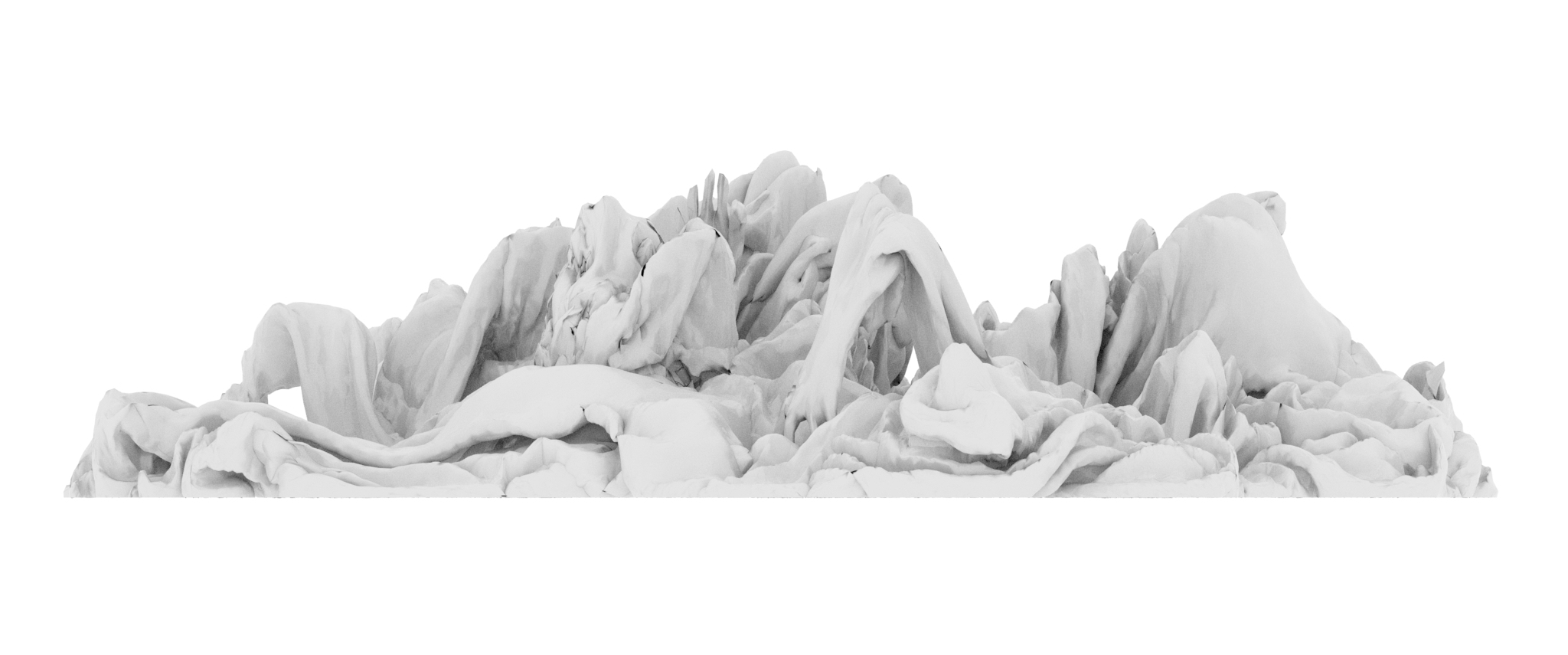
![Collection*1 [see ≠ touch]](https://jakubwroblewski.com/wp-content/uploads/2024/12/min_2-350x263.jpg)
![Collection*1 [see ≠ touch]](https://jakubwroblewski.com/wp-content/uploads/2024/12/min_1-350x263.png)
